April 14, 2019
Martha O'Kennon
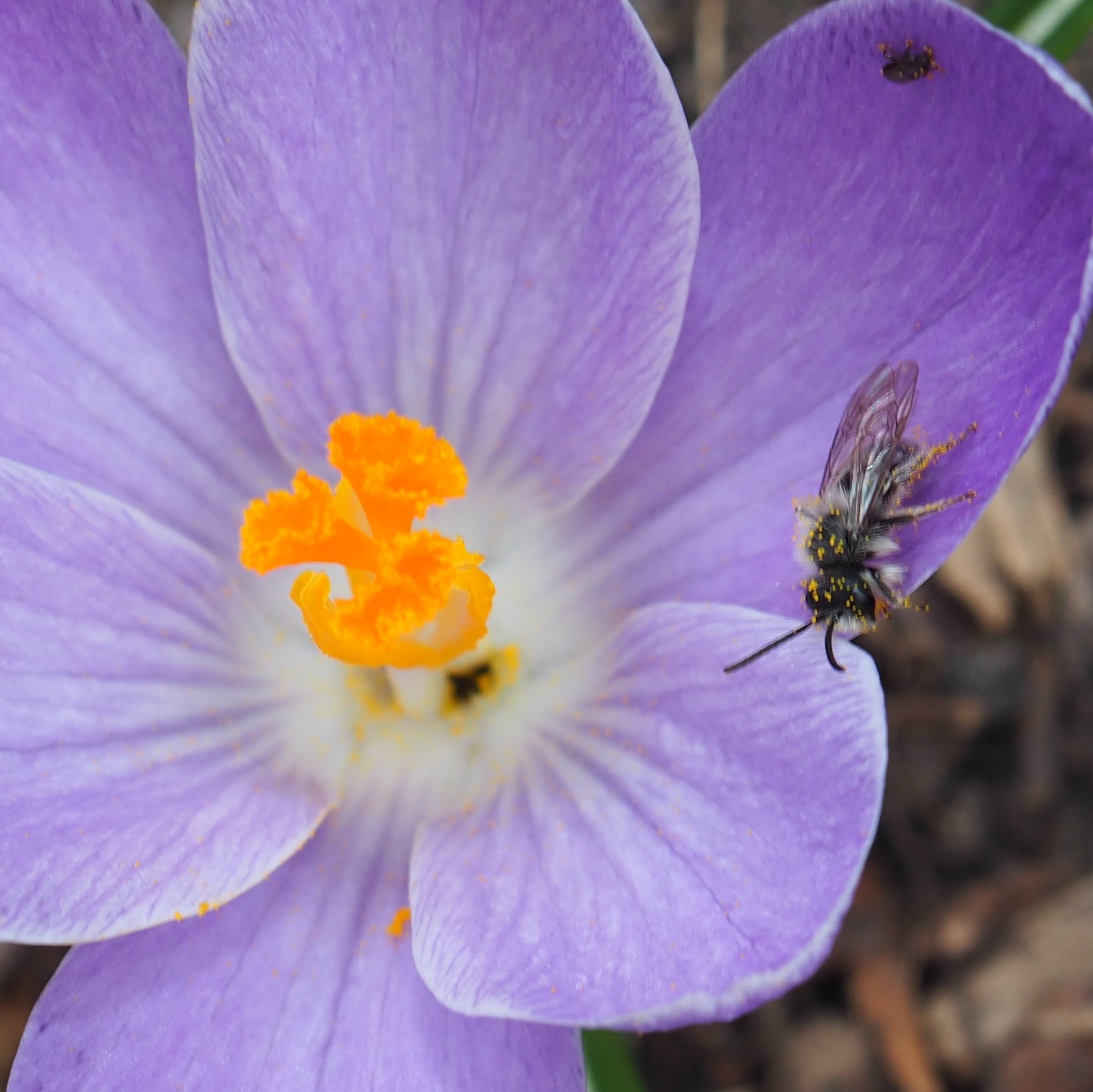
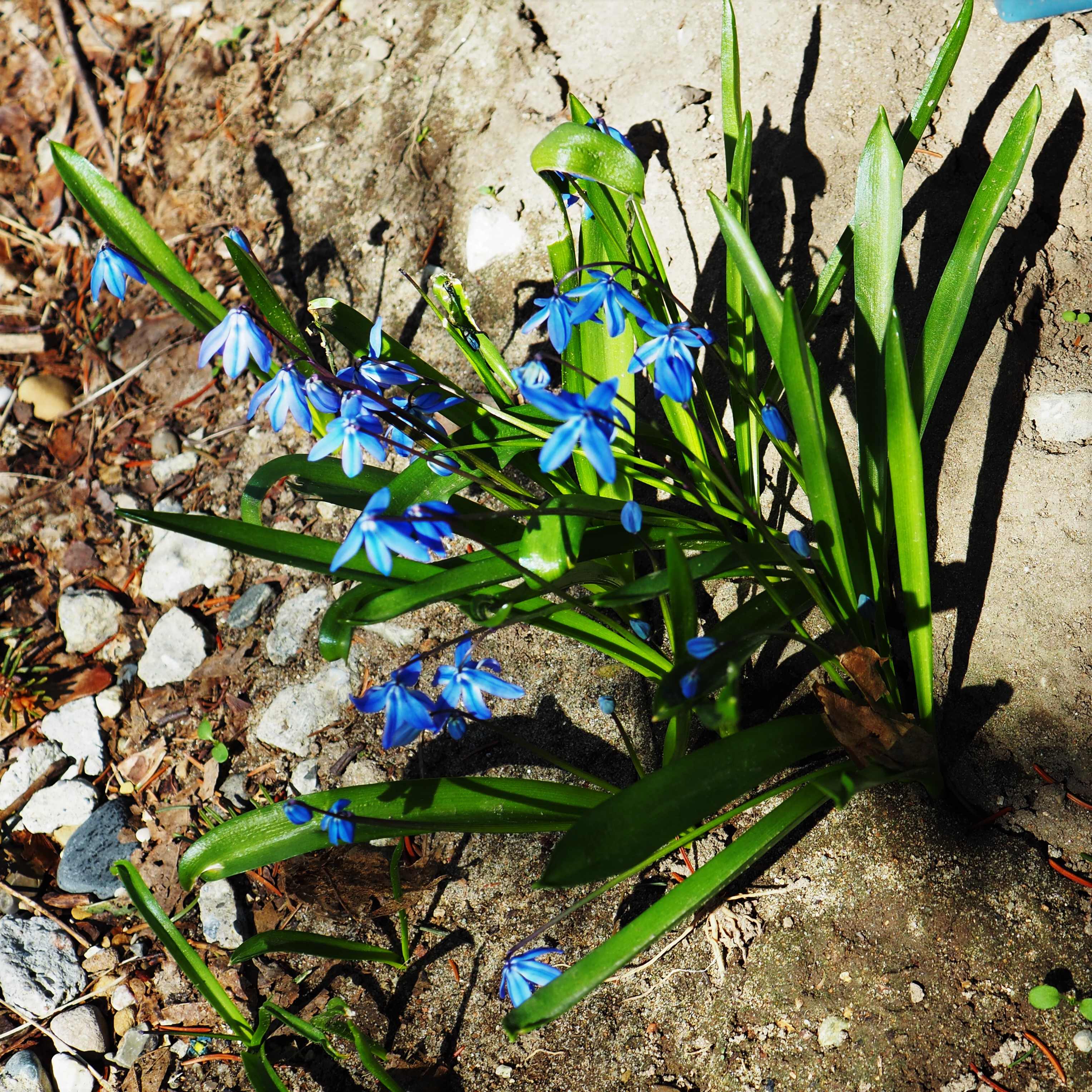
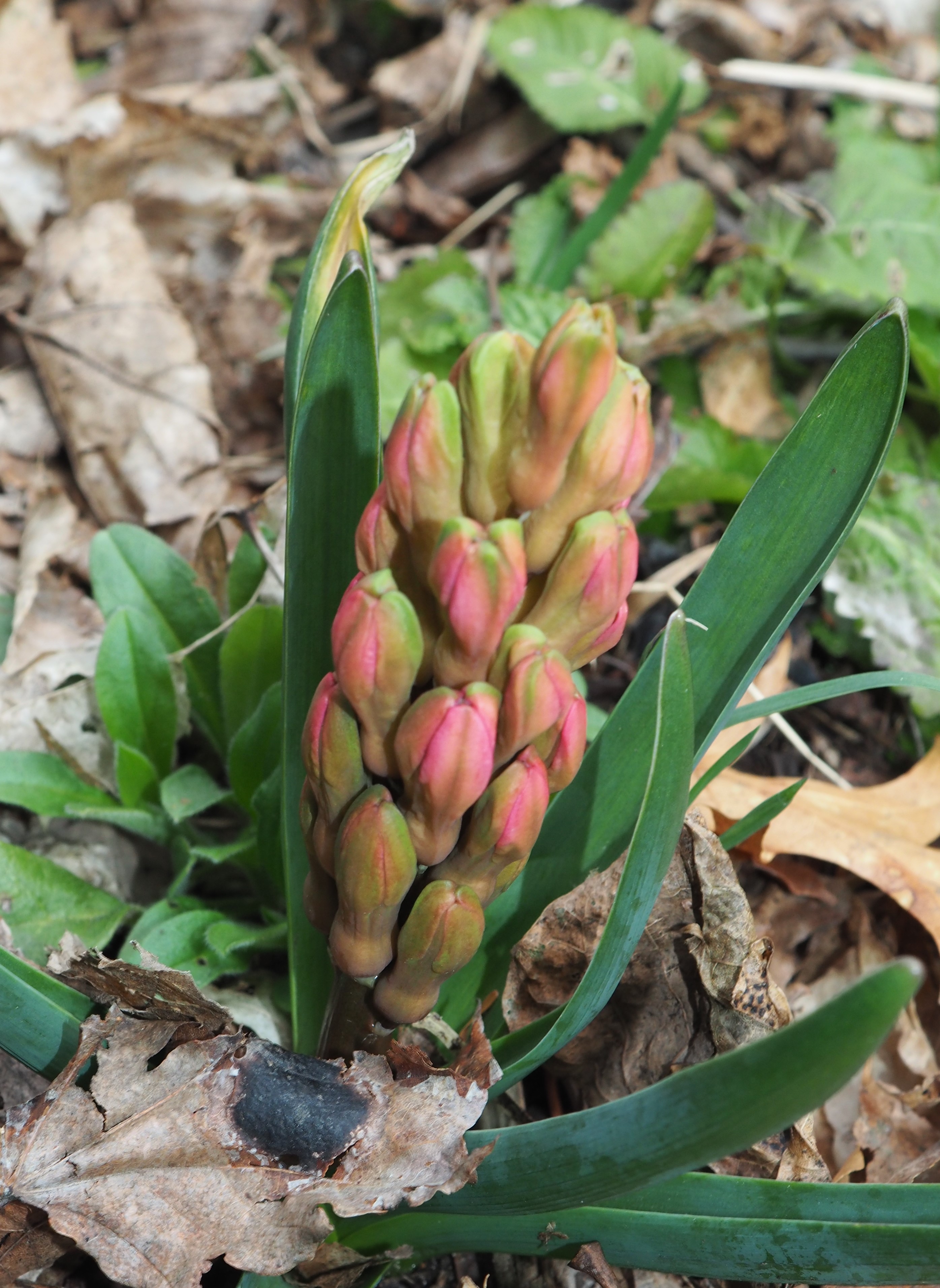
We had a bit of a reversal of daily temperatures so that it never really warmed up enough to see many new creatures on the shop wall or elsewhere. The lovely display of crocuses you saw last week is over. Kaput. Fini. Mii 'iw. A crocus or two stood bravely up to the wind yesterday (Friday, April 12). This one contains a bee that I'm told is in the genus Andrena. The squills - those most wonderful blue flowers - have suddenly splashed open. A hyacinth here and there holds promise of some gorgeous blooms in the next few days. Tulips are steadily preparing for a small show in a week or two. Primroses are emerging from the ground along the sidewalk. So we have a future to look forward to. Poor old Strunk and White.
Remember that there is information in the name of the file for each image. You can see it by mousing over the image - look at the lower left of the screen. Or you can click on the image to get to the (usually) larger image. Then the info is displayed in the address line above. Sometimes the second click will actually display a different view of the original image.
Ants are usually the smallest part of the weekly story. Here, for example, is a nice Eastern Black Carpenter Ant, about a half-inch long. The next one is probably a Smaller Carpenter Ant - here I'm going by the rule that this species is more likely to be very shiny - and this one is!


But let's look at a bit of a story that I'm working on in a little website called An Afternoon at an Anthill
. On Sunday last week, as I walked the sidewalk looking for anything possible interesting, I saw a small hole in the sandy soil surrounded by some green moss. Around that hole (picture 2) were quite a few tiny winged ants. It turns out that the hole was a nest for an ant we see around here almost any time there are any ants out, the Small Honey Ant (picture 3). The last picture shows the bright orange winged queen next to a relatively tiny black winged male.
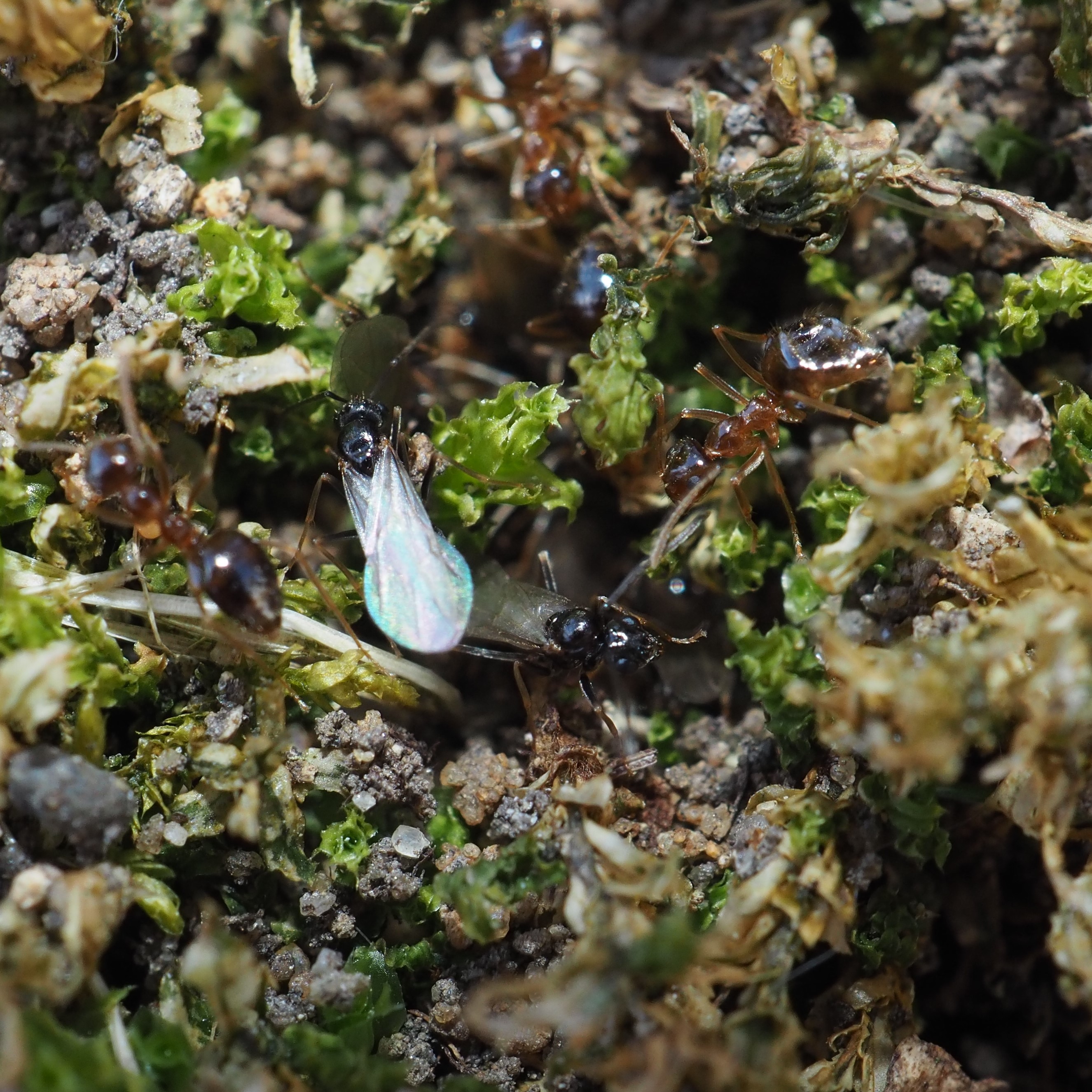
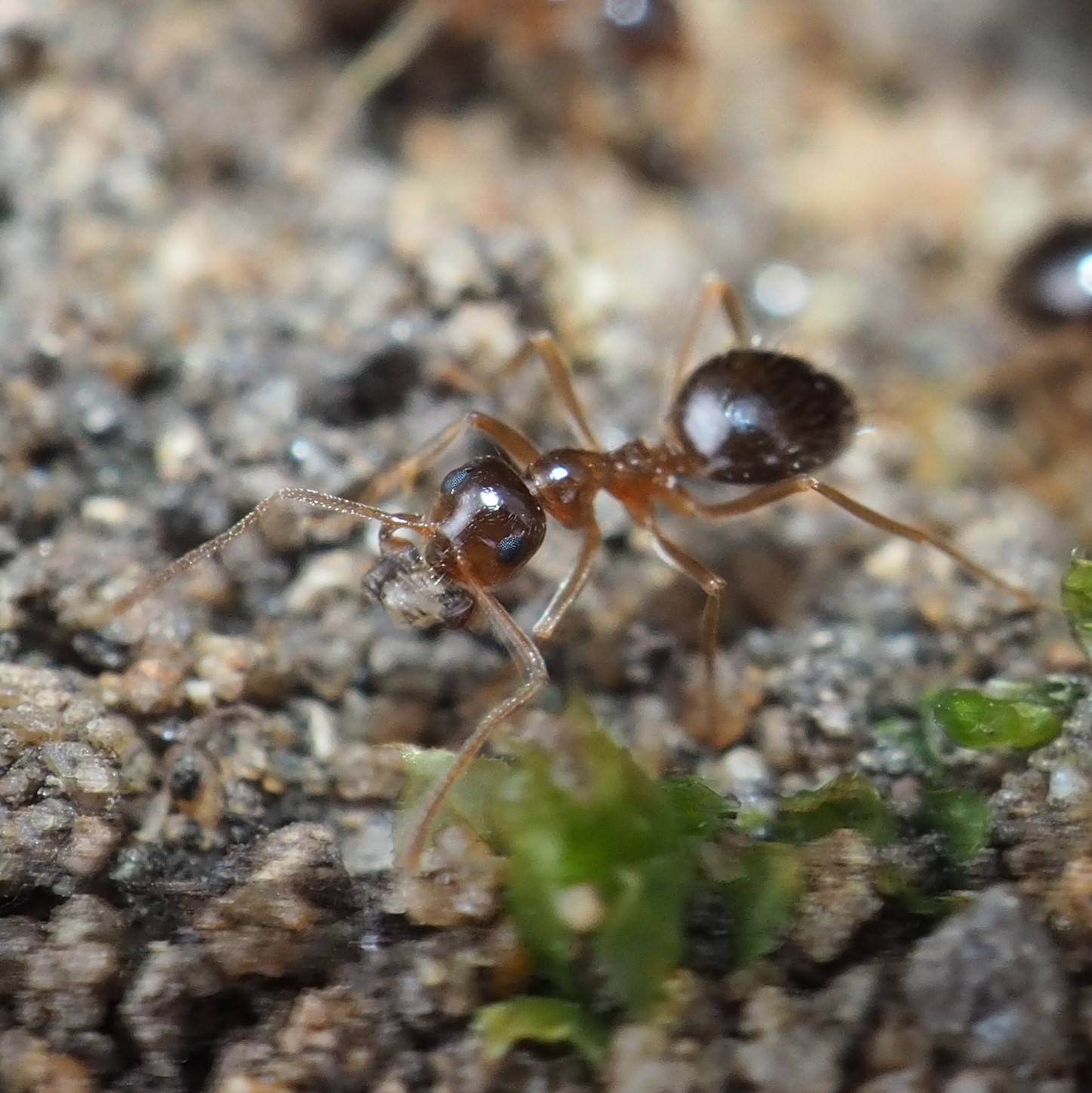

While there are crocuses, it seems there are bees. I've almost stopped seeing honey bees, but a number of tiny ones (like the one in the intro picture) that I don't recognize were buzzing around while the crocuses were still alive. The first one here was ID'd as belonging to the genus Osmia by John Ascher, who has ID'ed most of the bees I've submitted to iNat... The other day I was watching Osmia on a dead leaf out back and observed some strange behavior. She/he seemed to be tamping the leaf (or maybe a small whitish object on the leaf) with her abdomen, slowly to quickly (Picture 3).
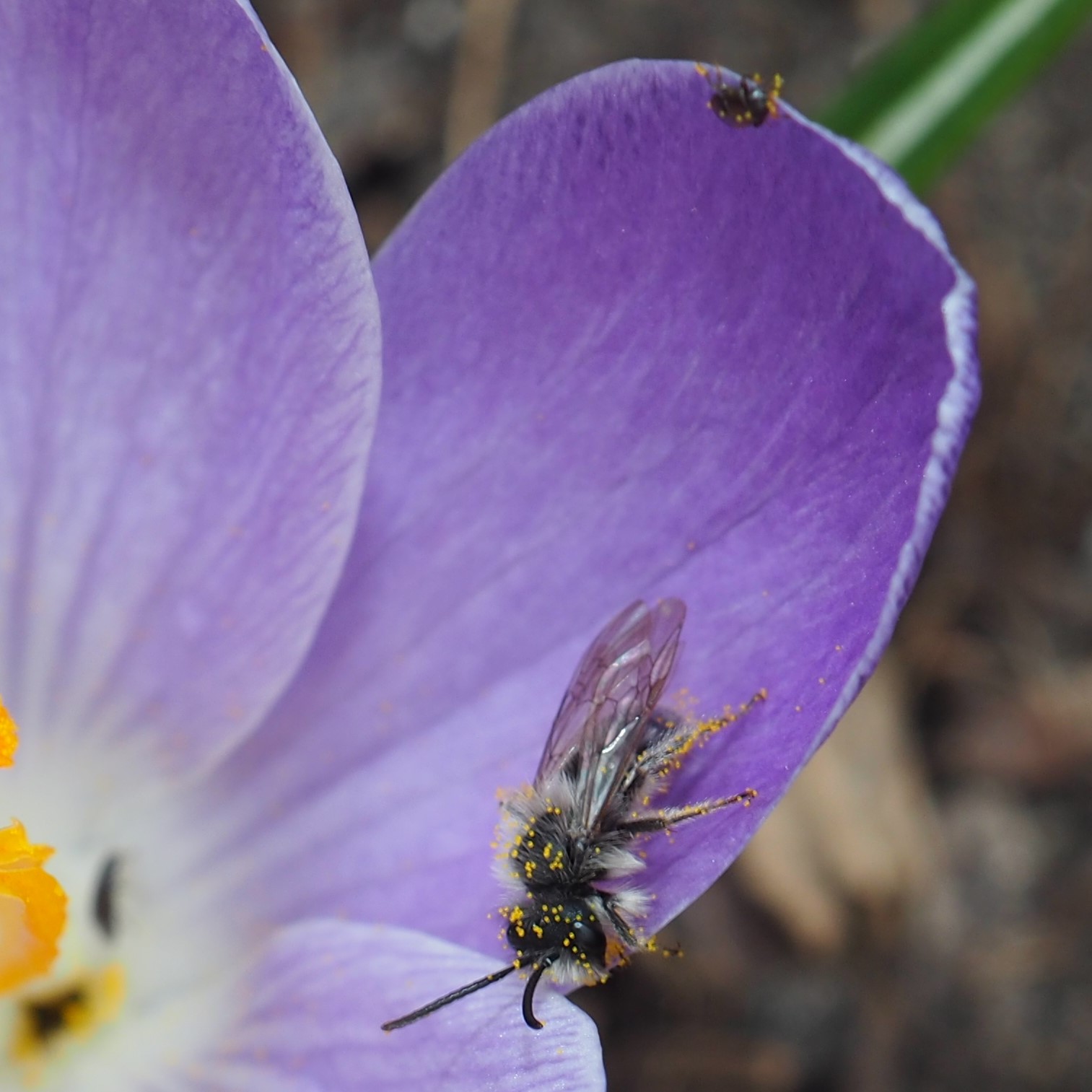
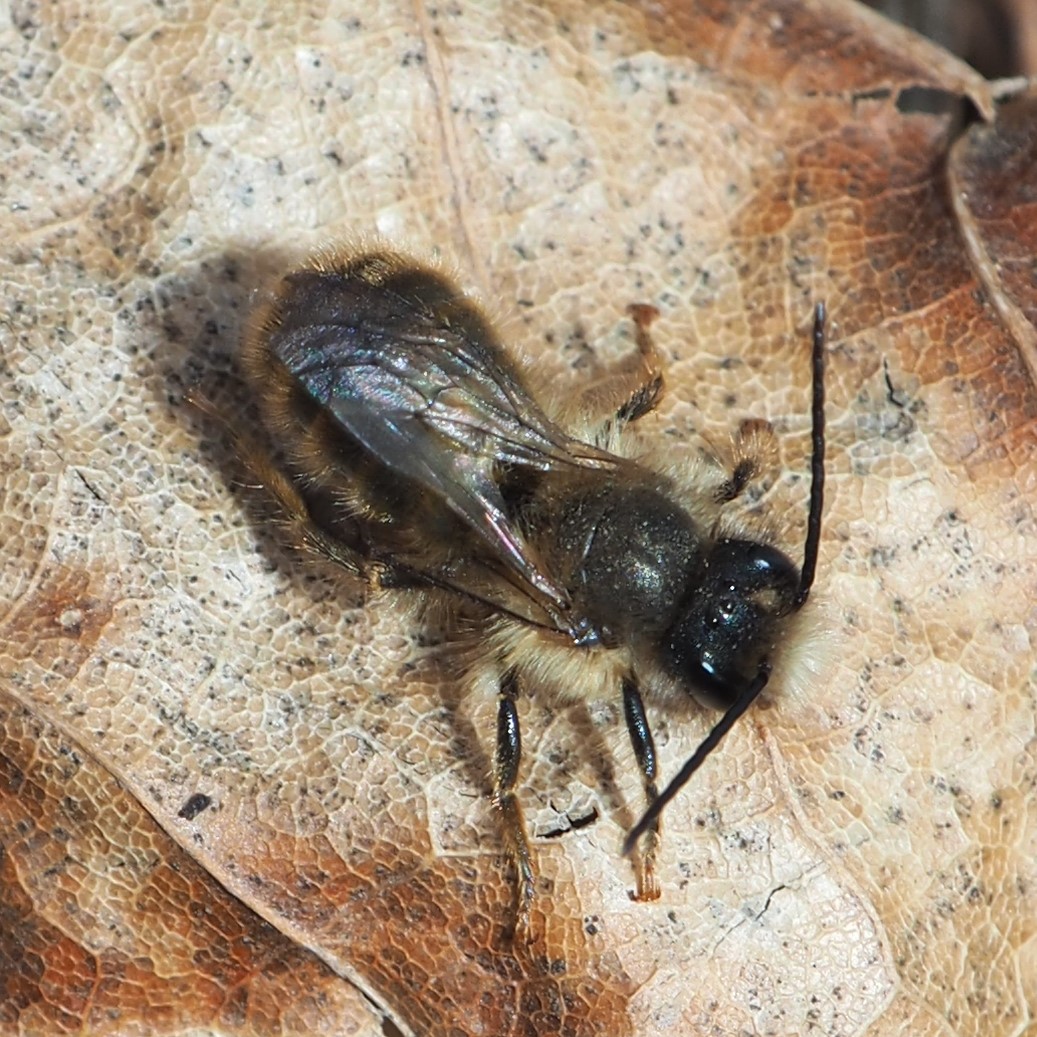
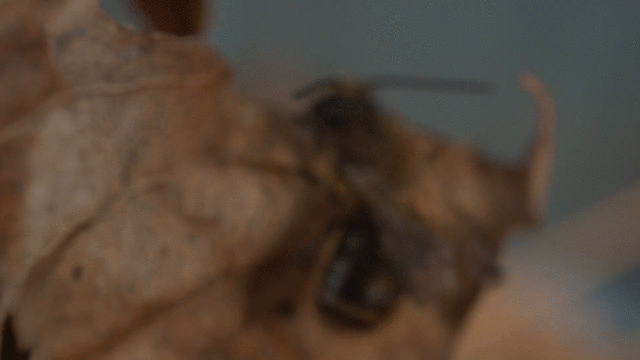
Other bees also visited the Crocus Bar. I THINK the first one here is a Mason Bee, a member of the Leaf-cutting Bees. It looks as if it has a rim of gold under its abdomen, which would make sense for the Masons,since they collect pollen under their abdomens instead of on their legs. Second seems to be playing peek-a-boo, and look at the hidden parts of the face.
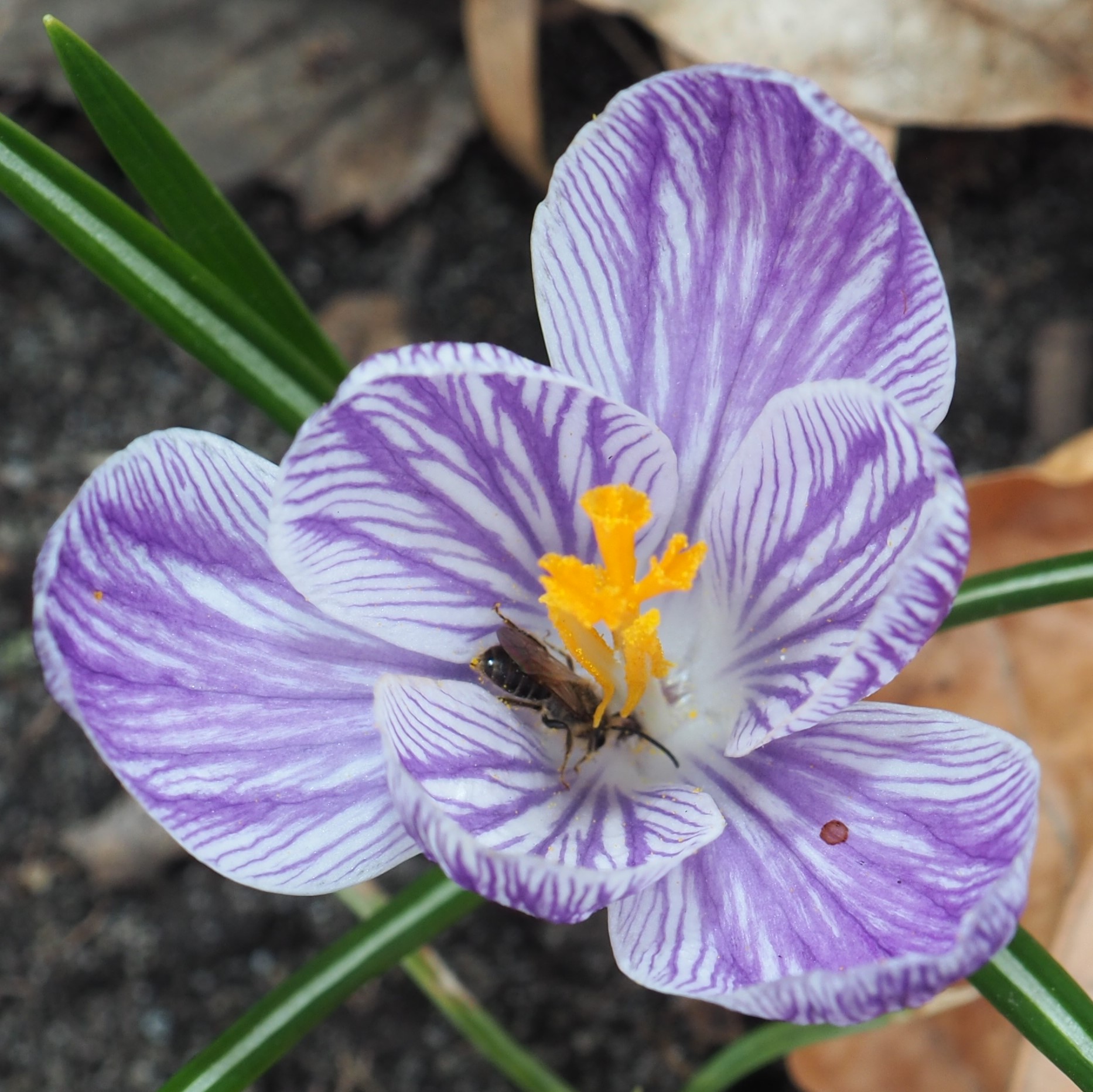
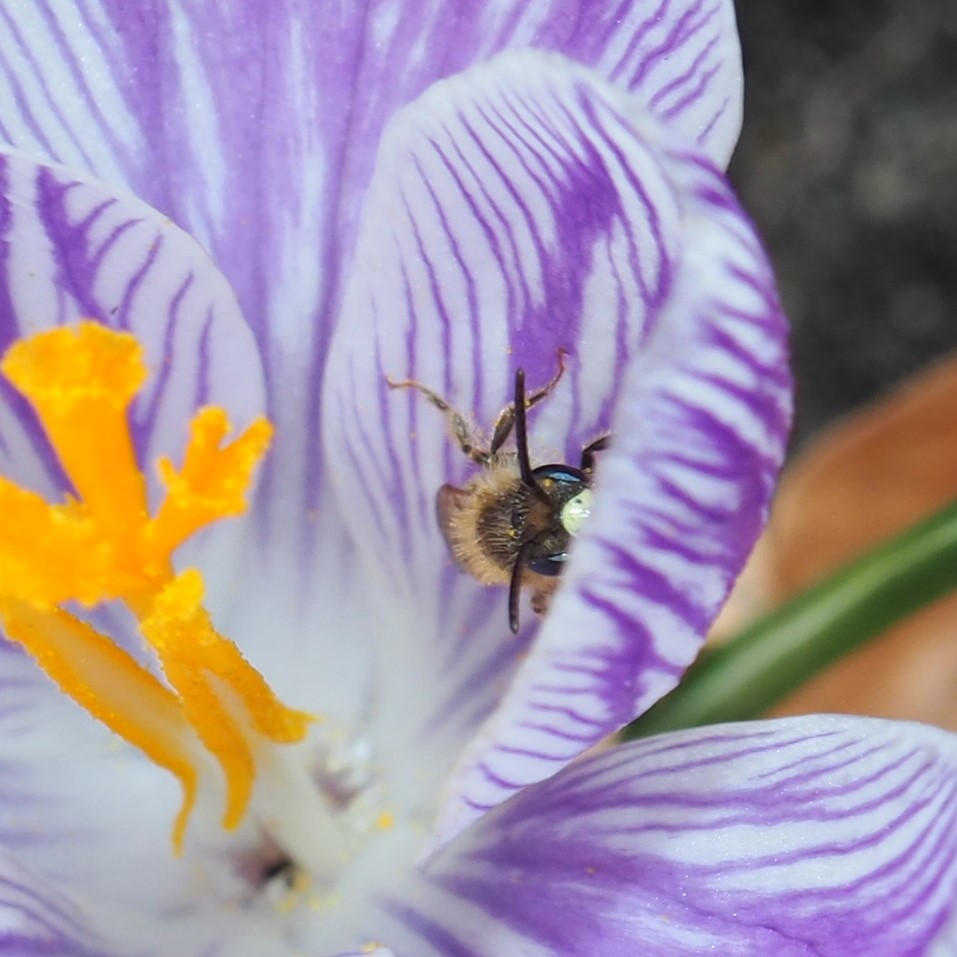
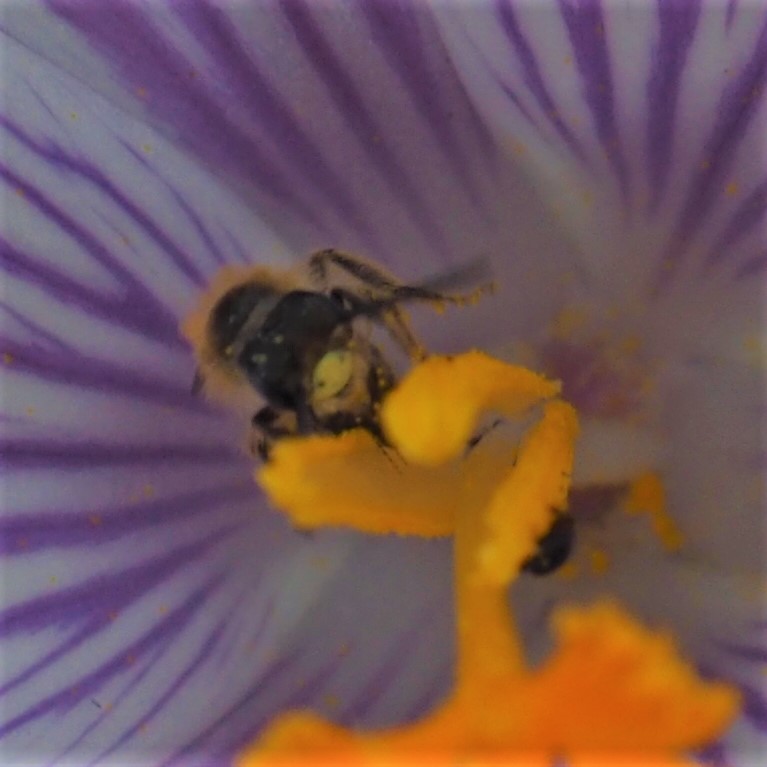
This first beetle is of the genus Harpalus, a kind of Ground Beetle. I had found him on my neighbor's house. The second is a Small Dung Beetle, a kind of Scarab. The third one, on the crocus, is so small I haven't sent it in to be identified.

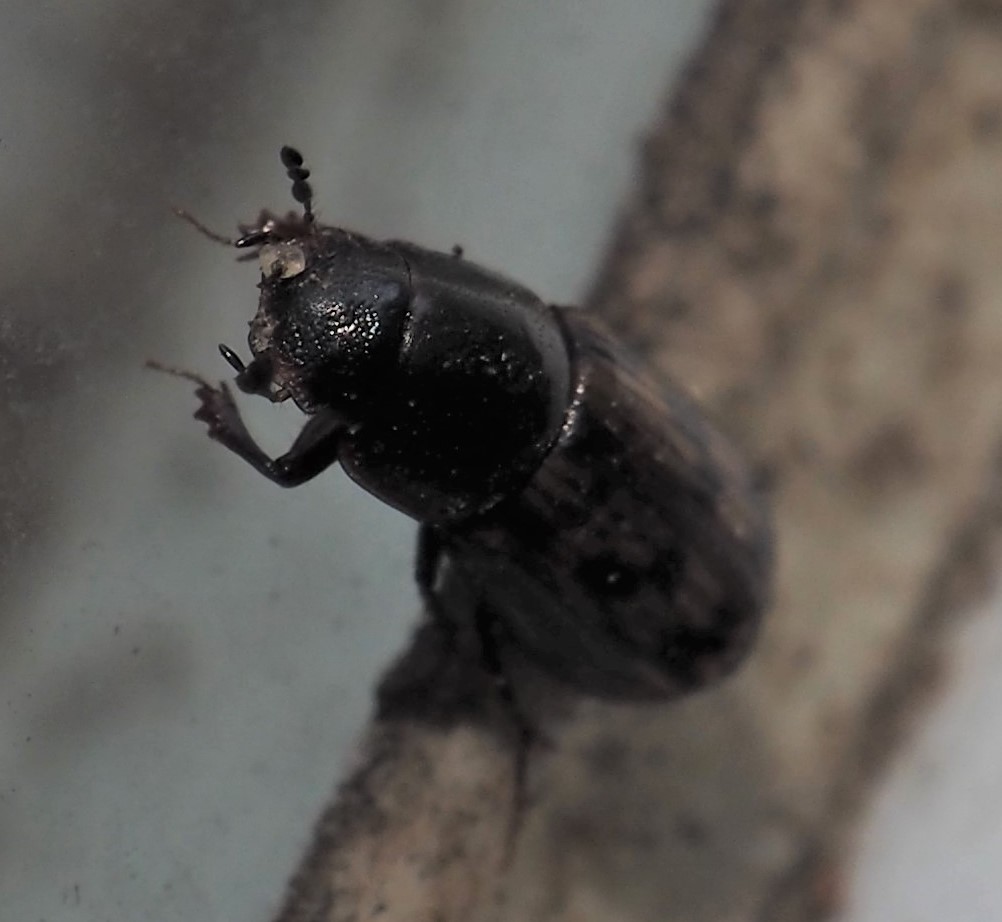
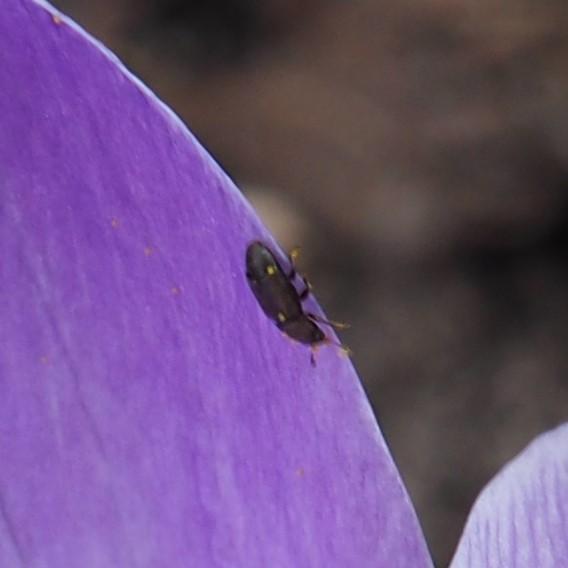
This first bug is a Dirt-colored Seed Bug, genus Genus Scolopostethus. Then comes a leafhopper of the genus Erythroneura. Third is a Minute Pirate Bug.
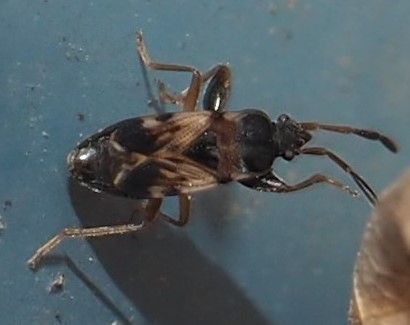
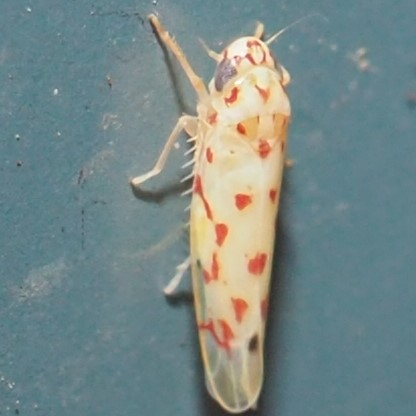

This afternoon I went out for one more look around and in the back yard a few feet from the steps, there was this lovely Red Admiral Butterfly! They are generally very friendly and this one let me take a few pictures...
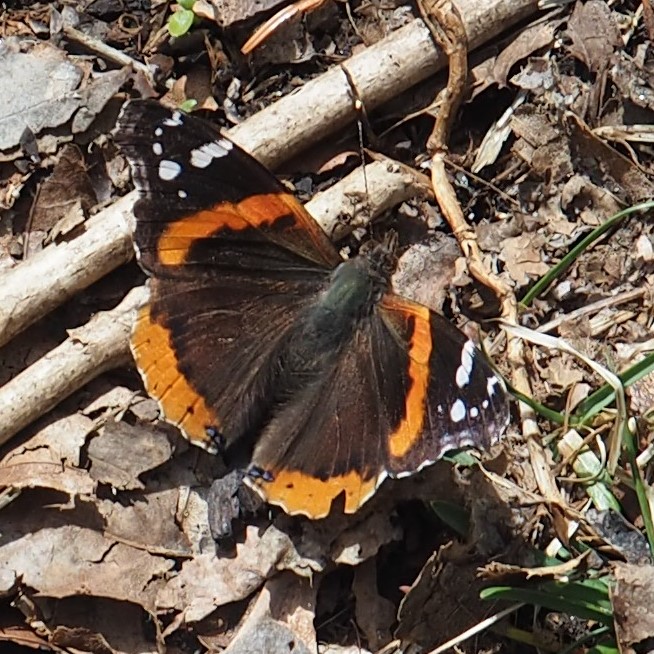
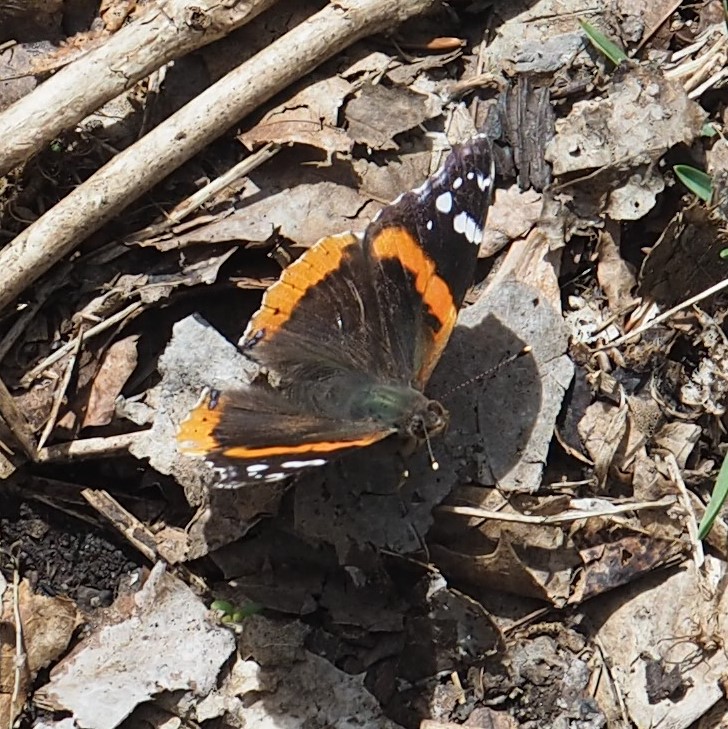
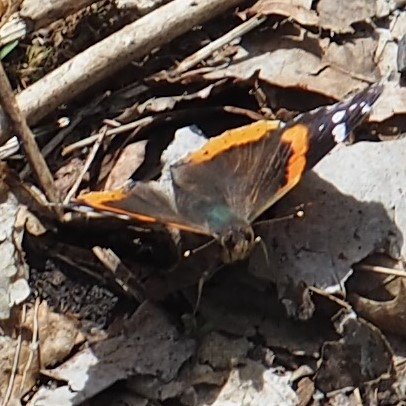
If you are tired of midges, you can skip over the next few flies. Oh, don't bother, I'll skip over most of them for you. But this one midge is different. Its tail isn't so long as the non-biting midges I'm used to (but this fly was indeed ID'ed as "non-biting" on iNat), and the tip of its abdomen is green! I also did like this picture focused in on the hairy antenna of a gall midge.
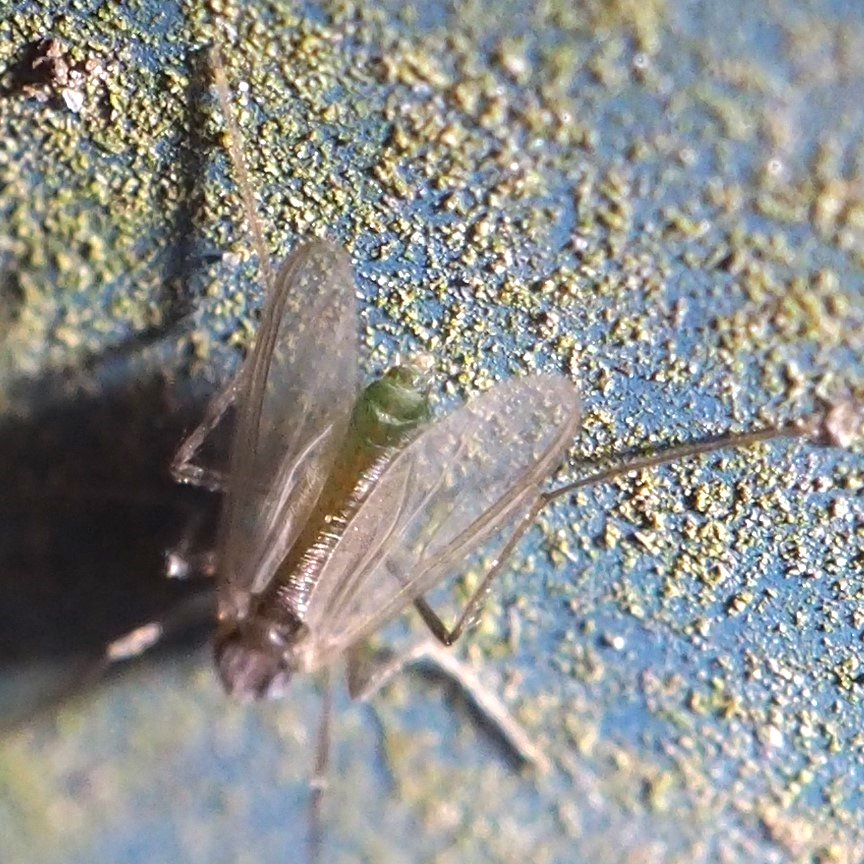
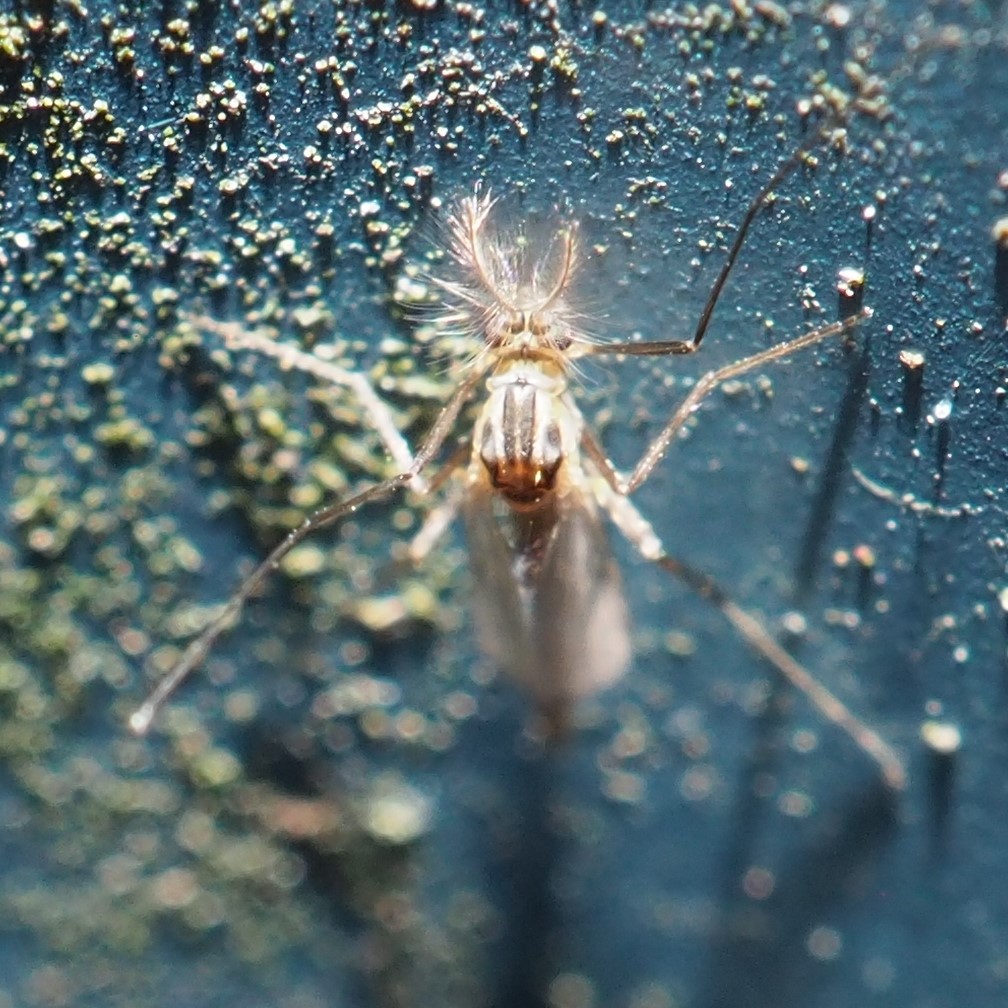
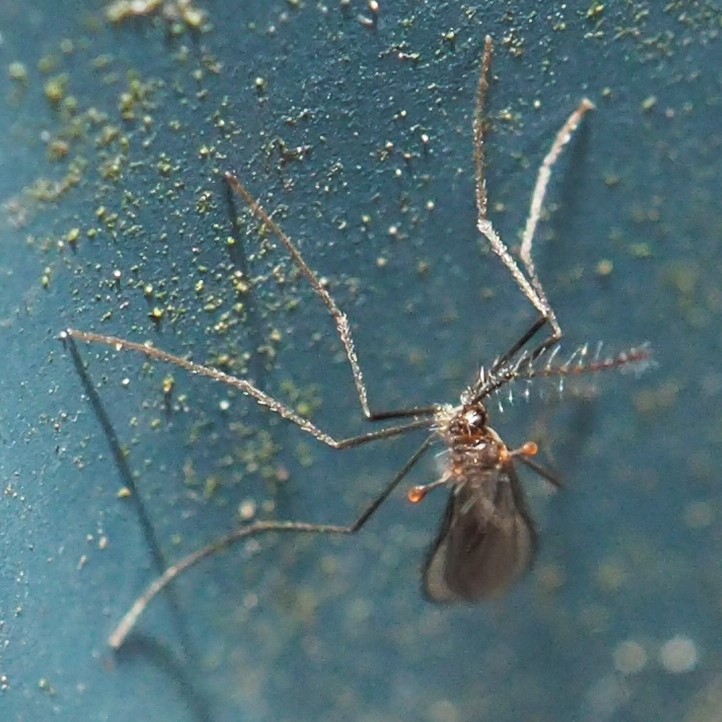
Here are a few larger flies. They seem to like to sun themselves.
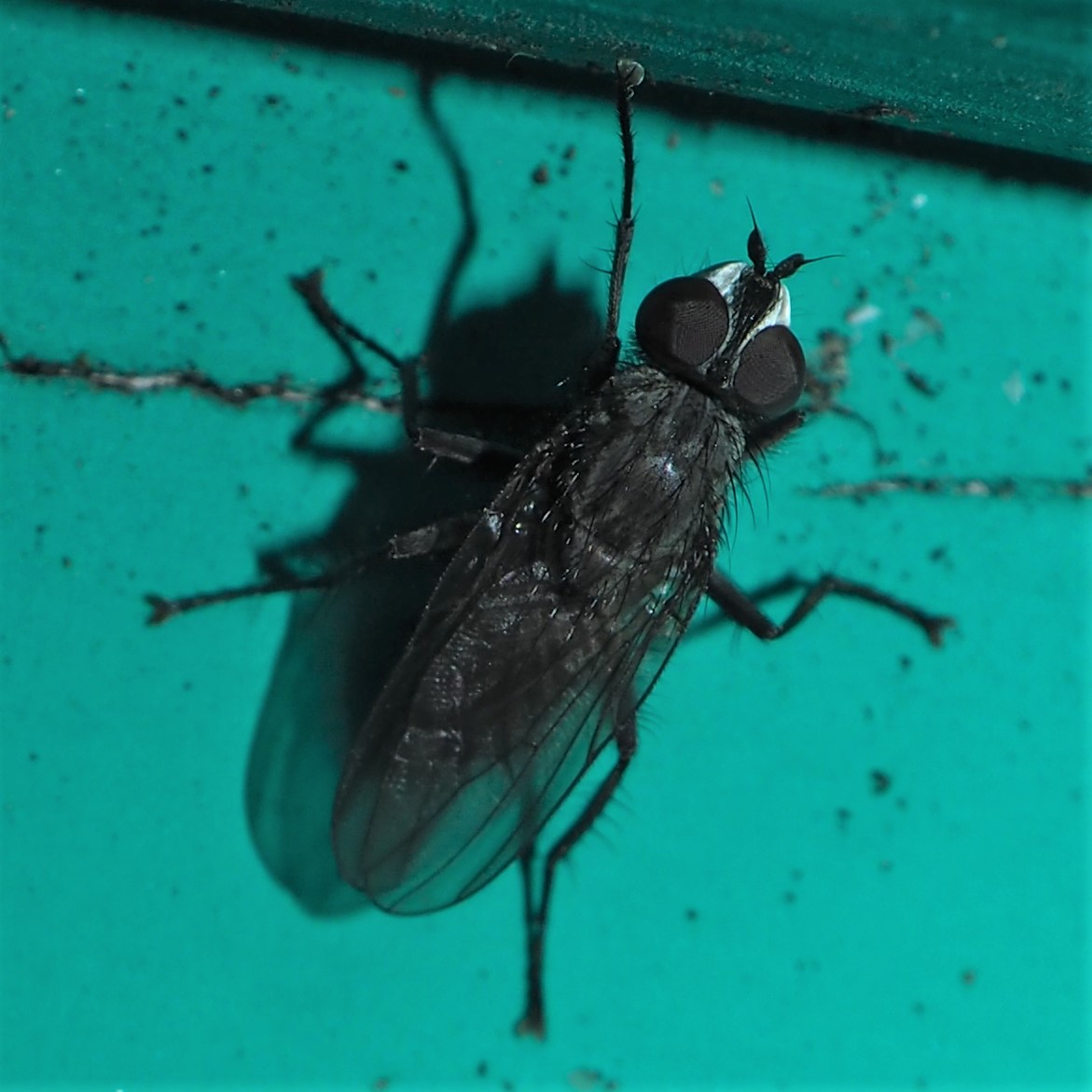
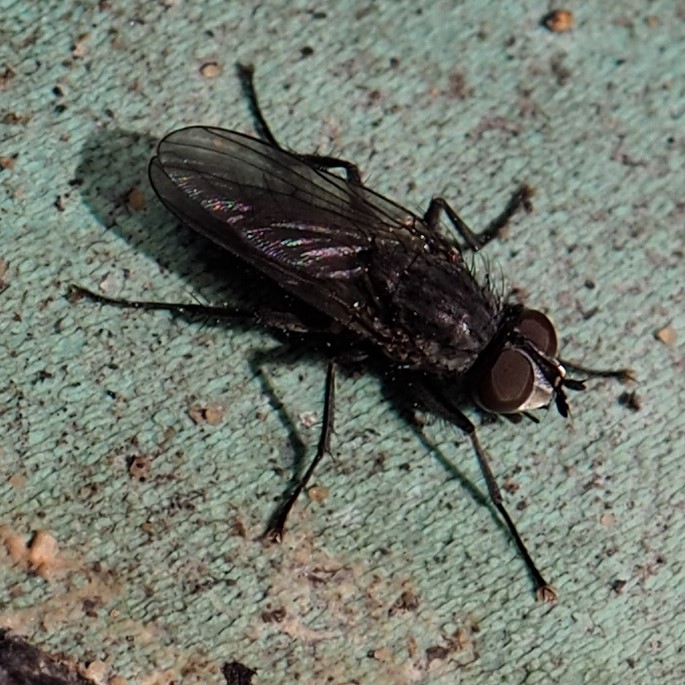
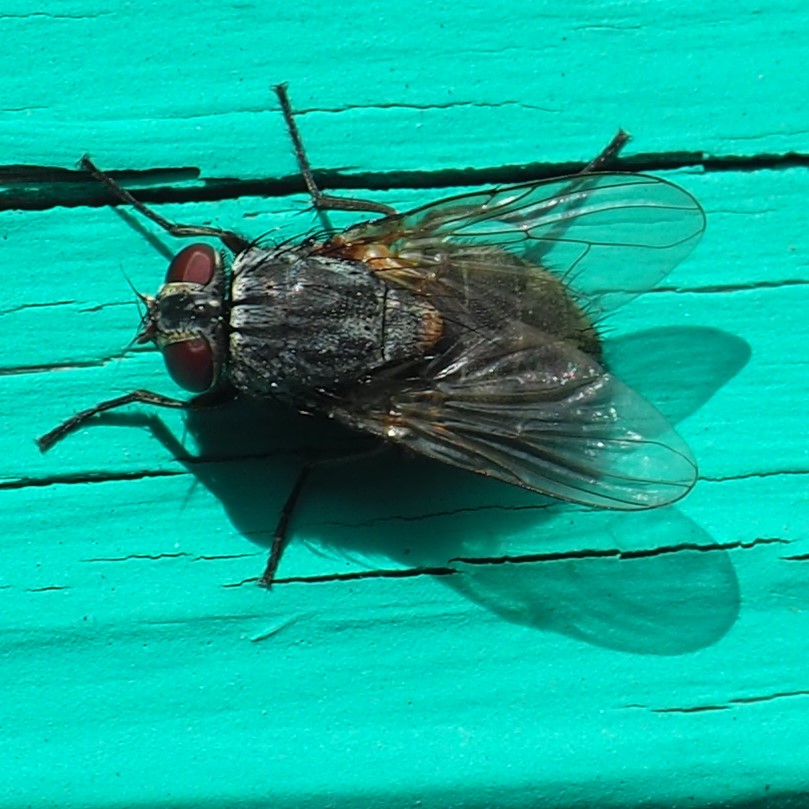

After an absence of about a month, Froggy reappeared for a couple of days this week. In the third picture especially, we can finally see that the ear drum is larger than the eye, and so our Froggy is a male. That's great, because if he sticks around for a while, we may get him to converse with us. Apparently females are much less likely to be chatty, but the male Green Frog is a talker.
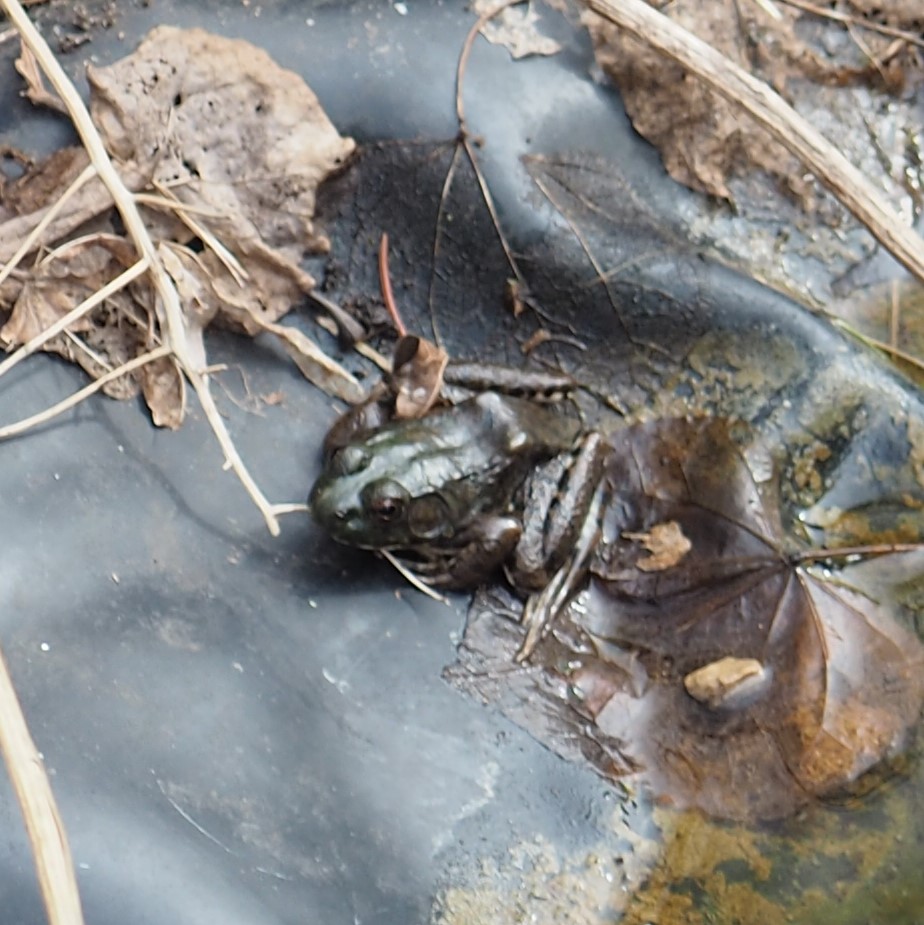
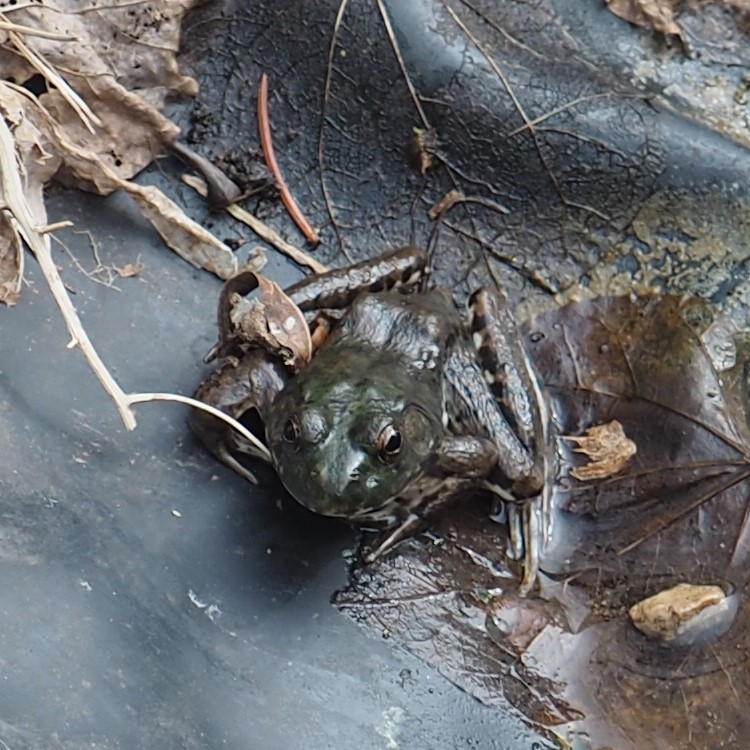

Some oddments. I only saw one little Geometrid Moth caterpillar this week. But I did get the chance to see my first ever Thrip, a very interesting insect. Look at the strangely shaped head. And the tubish thing on the end that looks like an ovipositor (It isn't - the ovipositor is supposedly carried below the abdomen in females). I think this is called a Tube-tailed Thrip. Now you've seen a Thrip too!
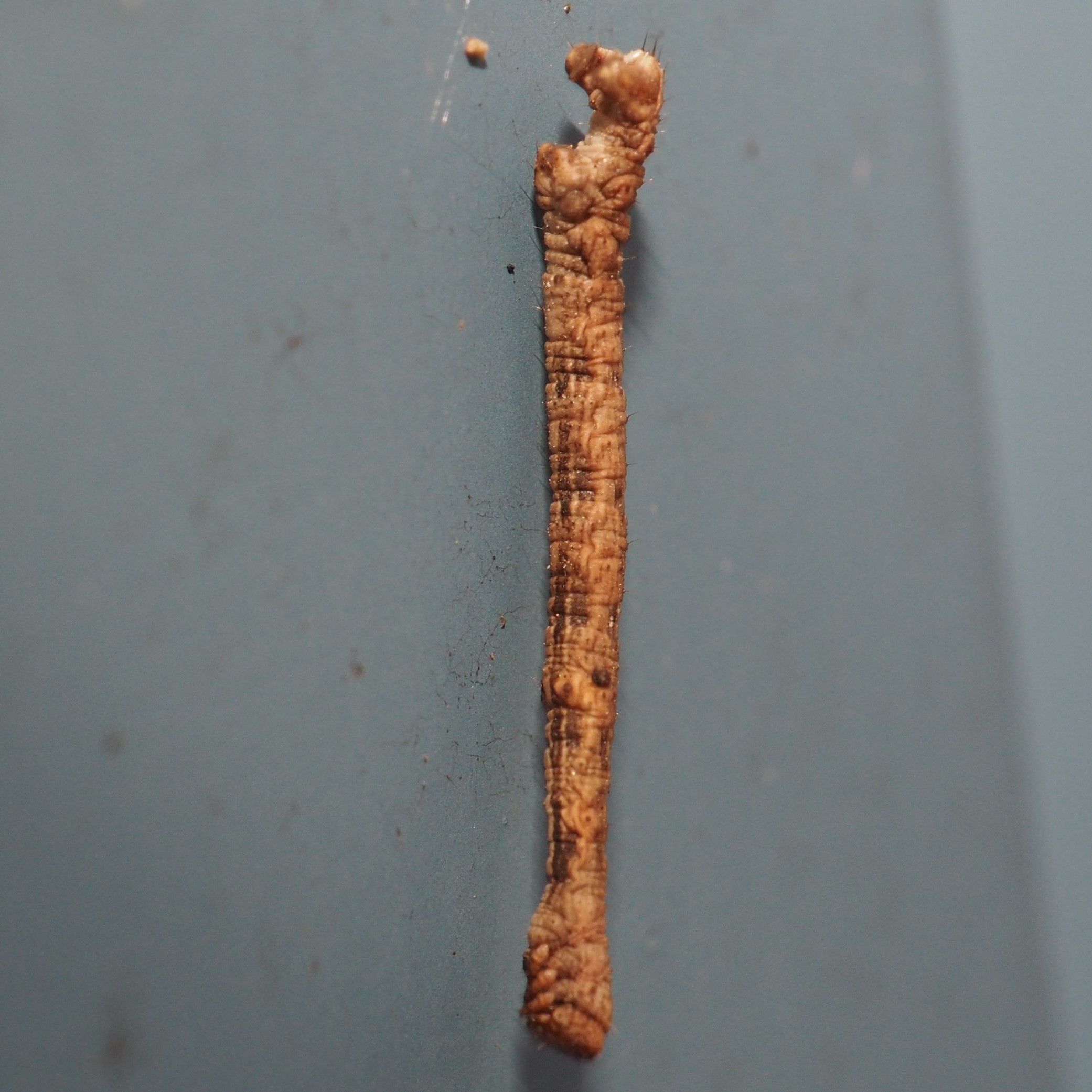
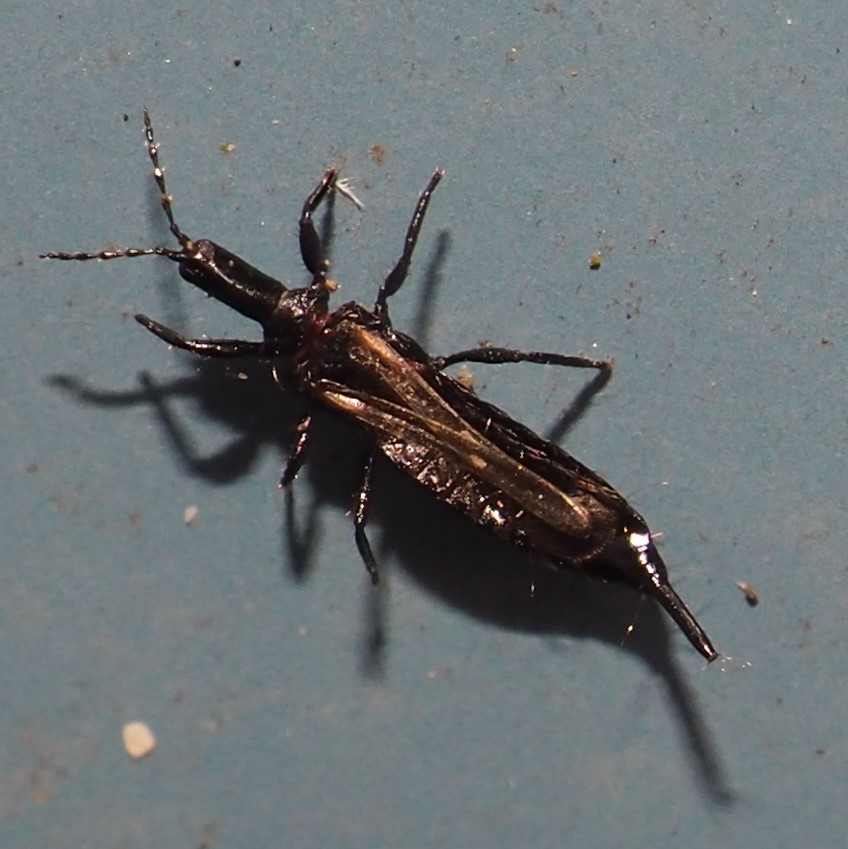
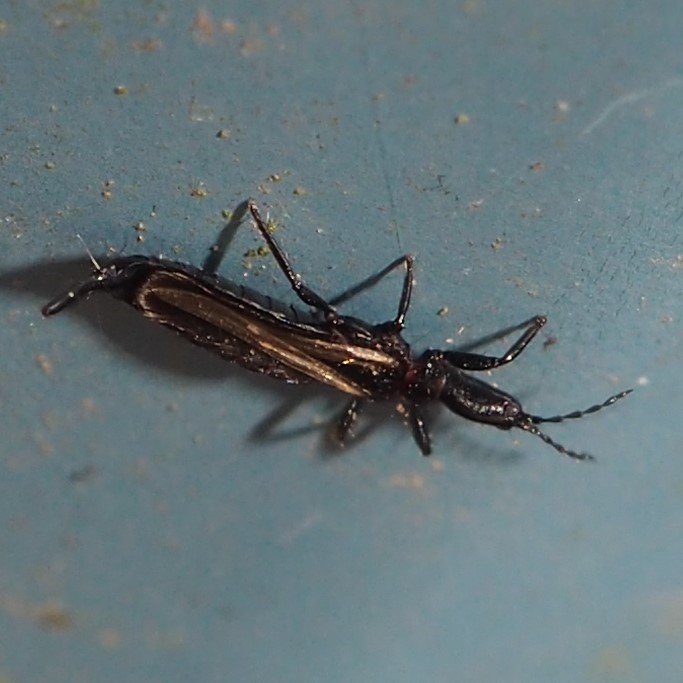
Before we peruse the spiders, let's look a while longer at the soon-to-be-flowering plants.
The golden wood poppies are budding now. Suddenly so are the pulmonaria. These are the wonderful plants with the spotted leaves and flowers that start off pink, then pass through purple on their way to blue. They were a gift from my old friend Eleanor in Potsdam. The primroses are emerging and I expect they will bloom along with the tulips in a couple of weeks.
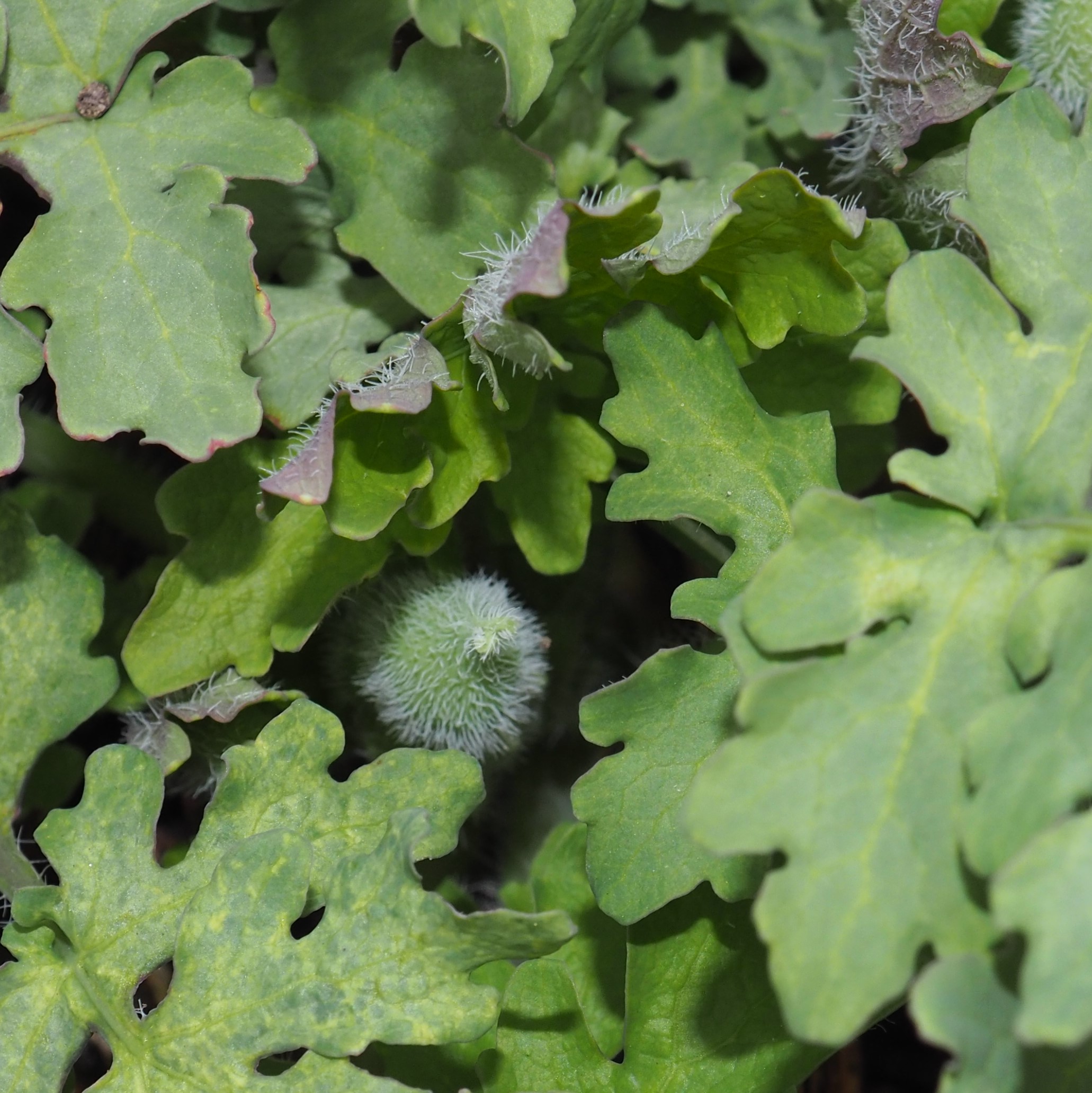
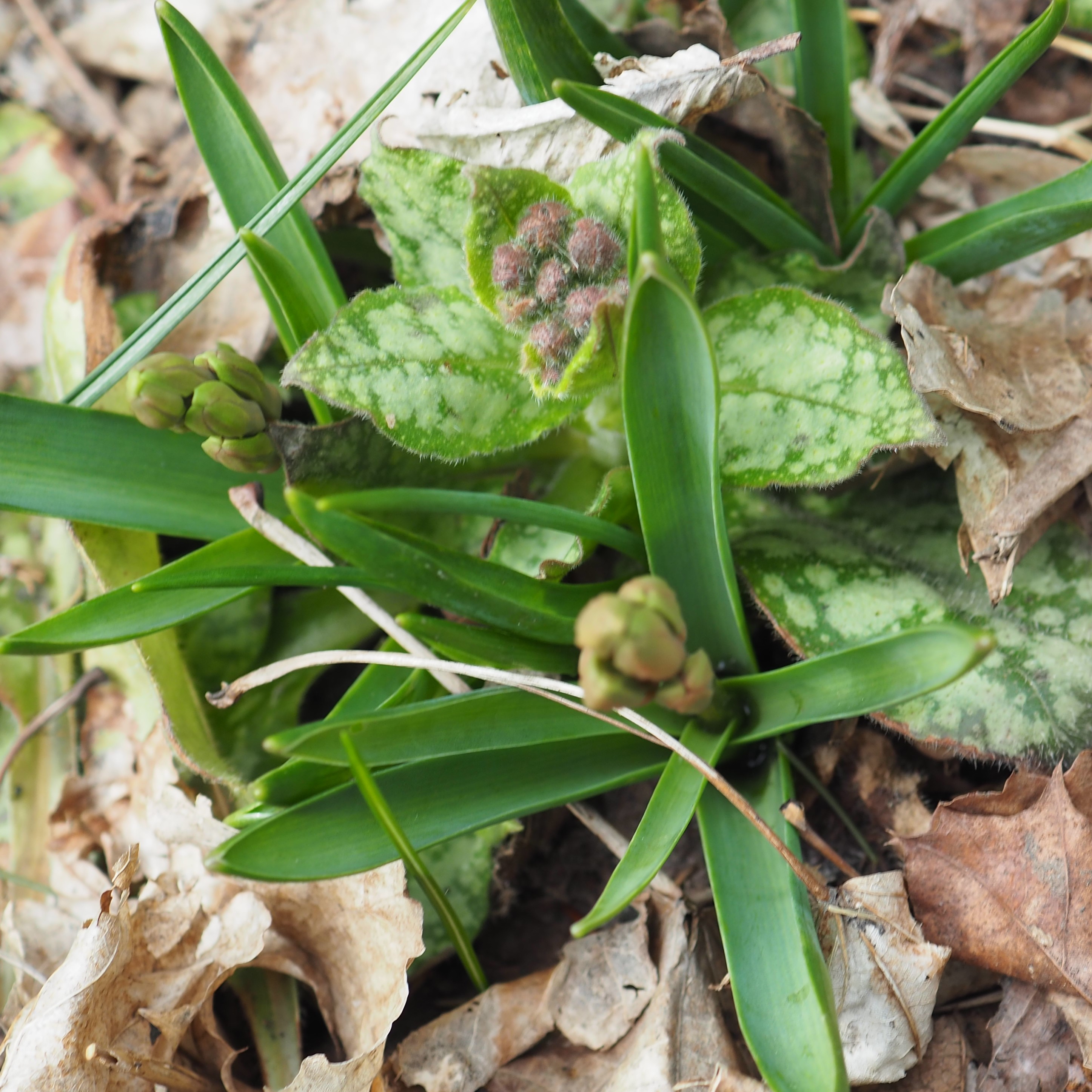
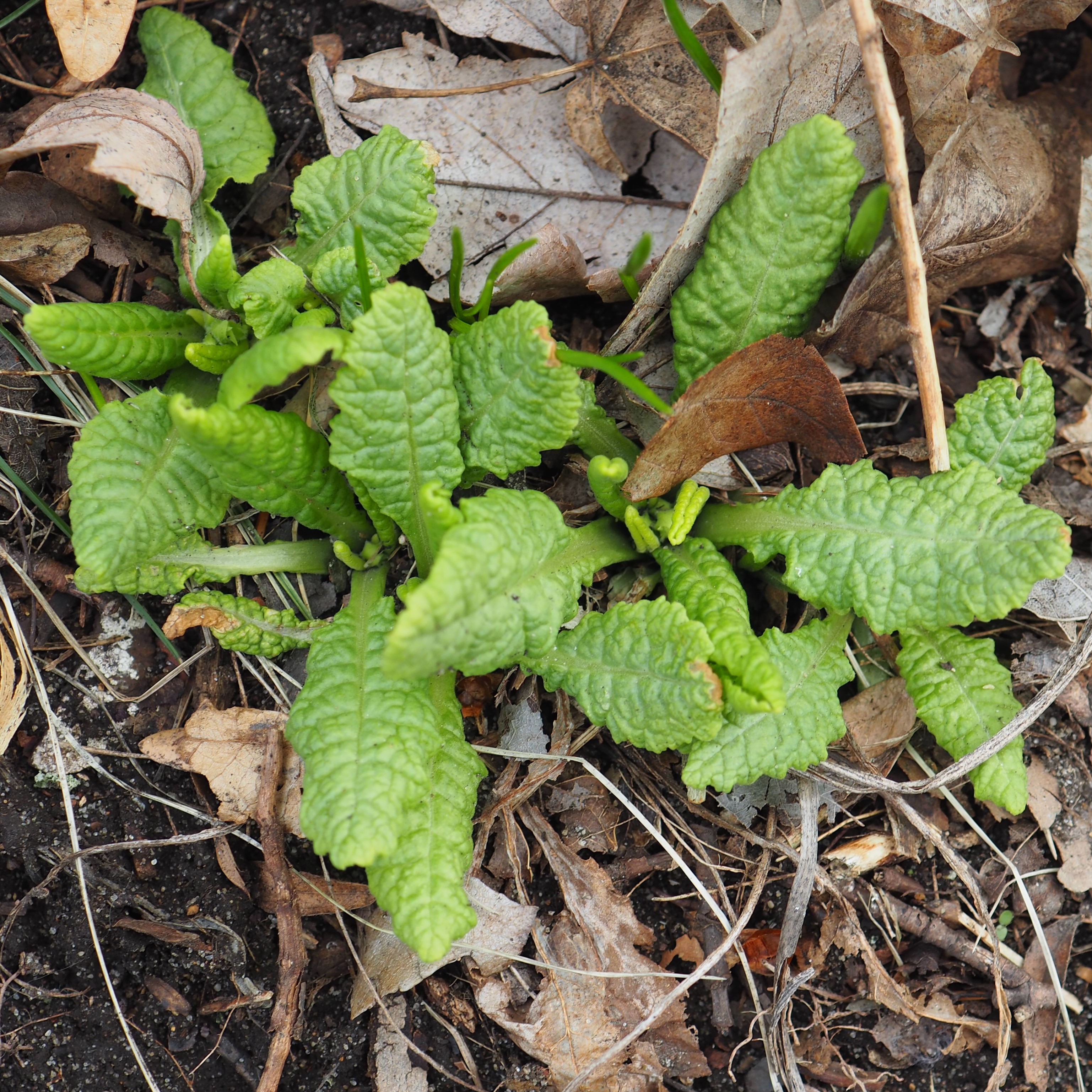
We've reached the spiders already! First off, a Common House Spider, a very young and very small one. Second and third, a Common House Spider making meals of various things: a Midge and a Stonefly! Oh no, doesn't that midge in Picture 2 look like our green-tailed one above? I checked the time signatures on the photos. The one with the spider was taken on the 9th at 11:10, and the one of the midge itself was taken at 11:11!
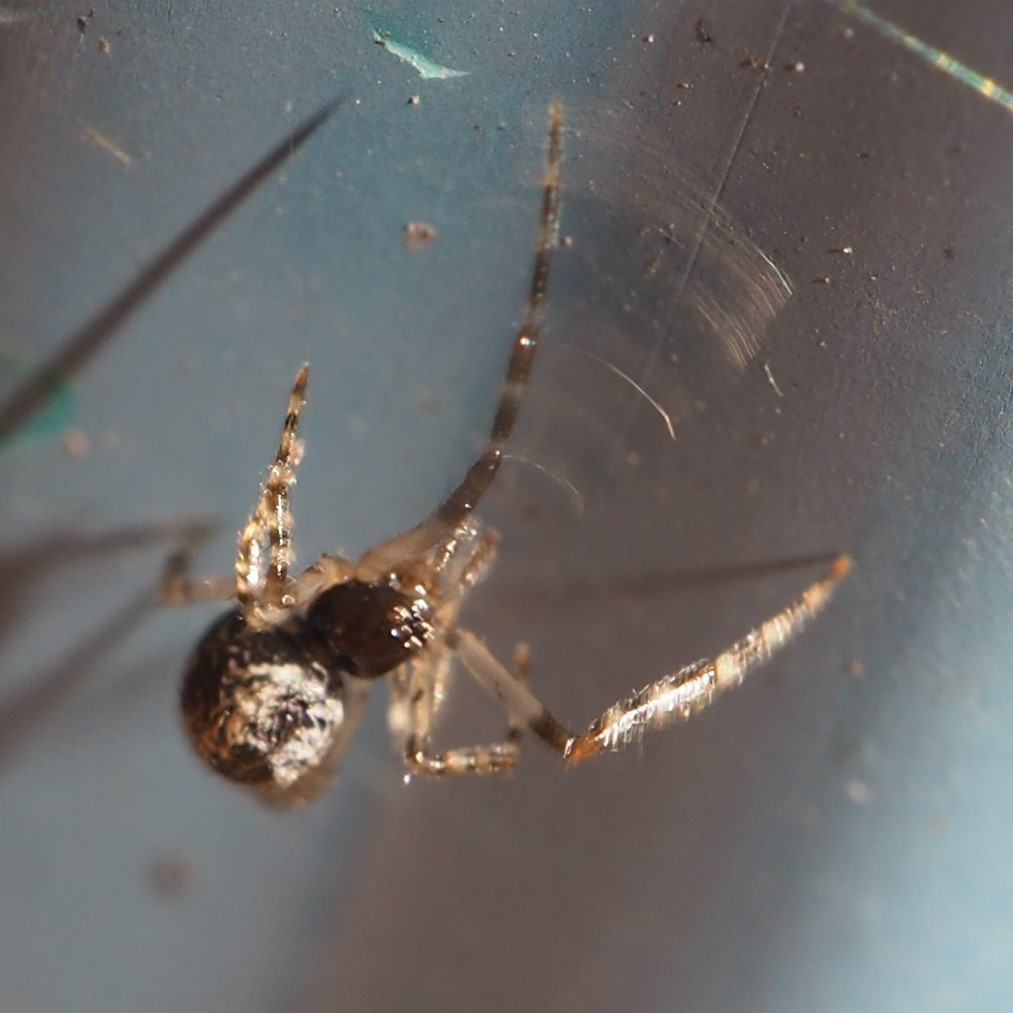
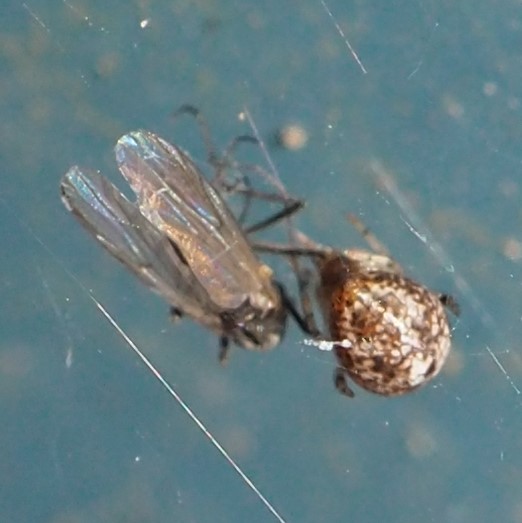

Here's a Dwarf Spider of genus Grammonota; the wolf spider from last week (I think), and another view of the baby Orchard Orbweaver, Leucauge venusta.
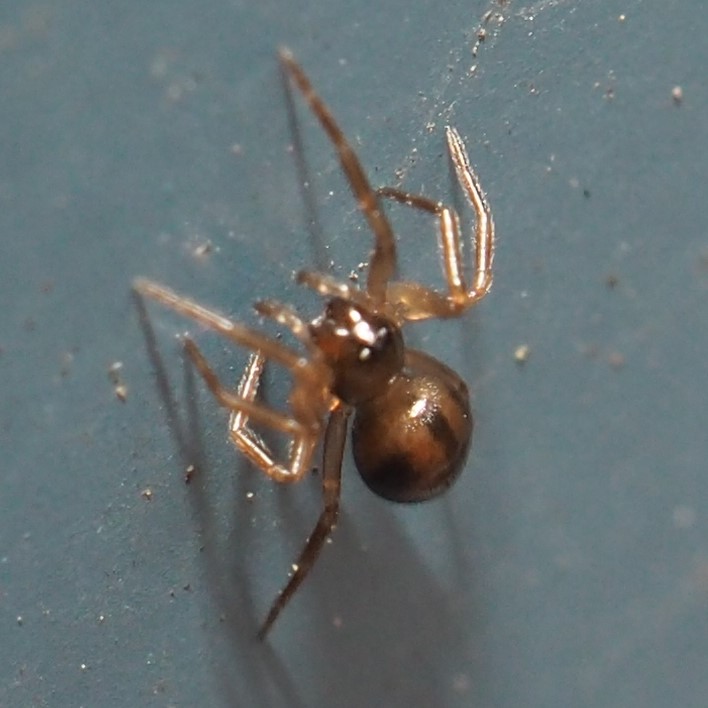
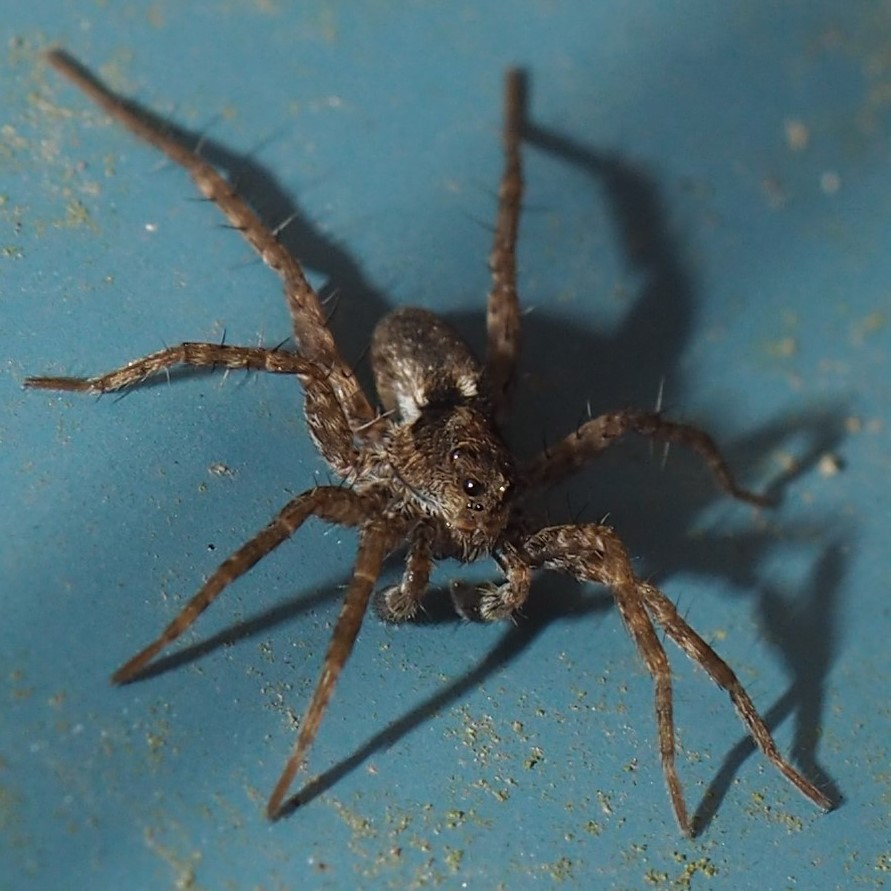
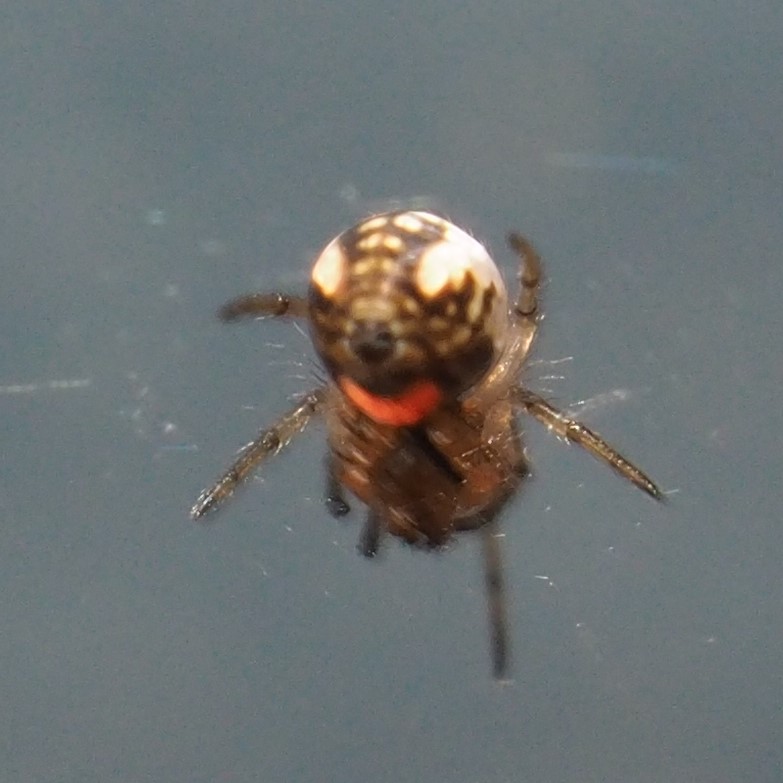
This little spider is shaped like one of the Linyphiidae. I like the intricate pattern on its abdomen...
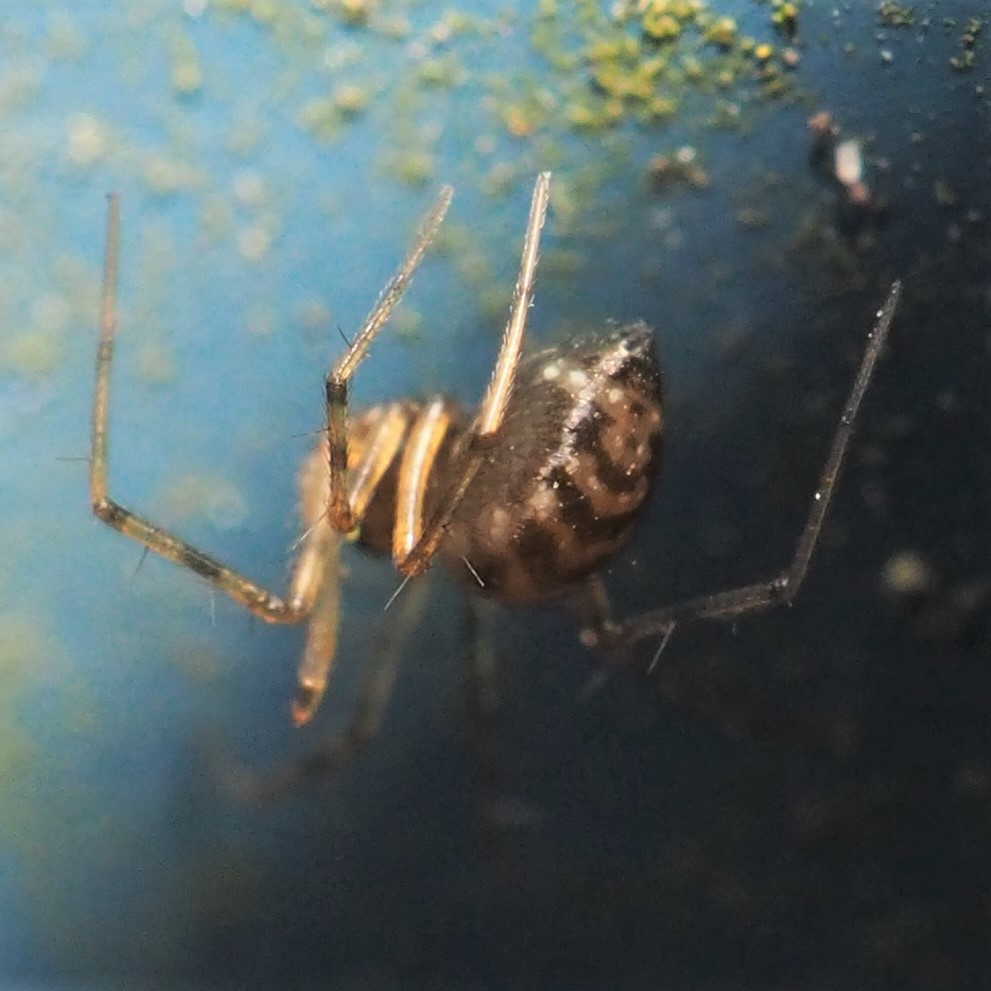

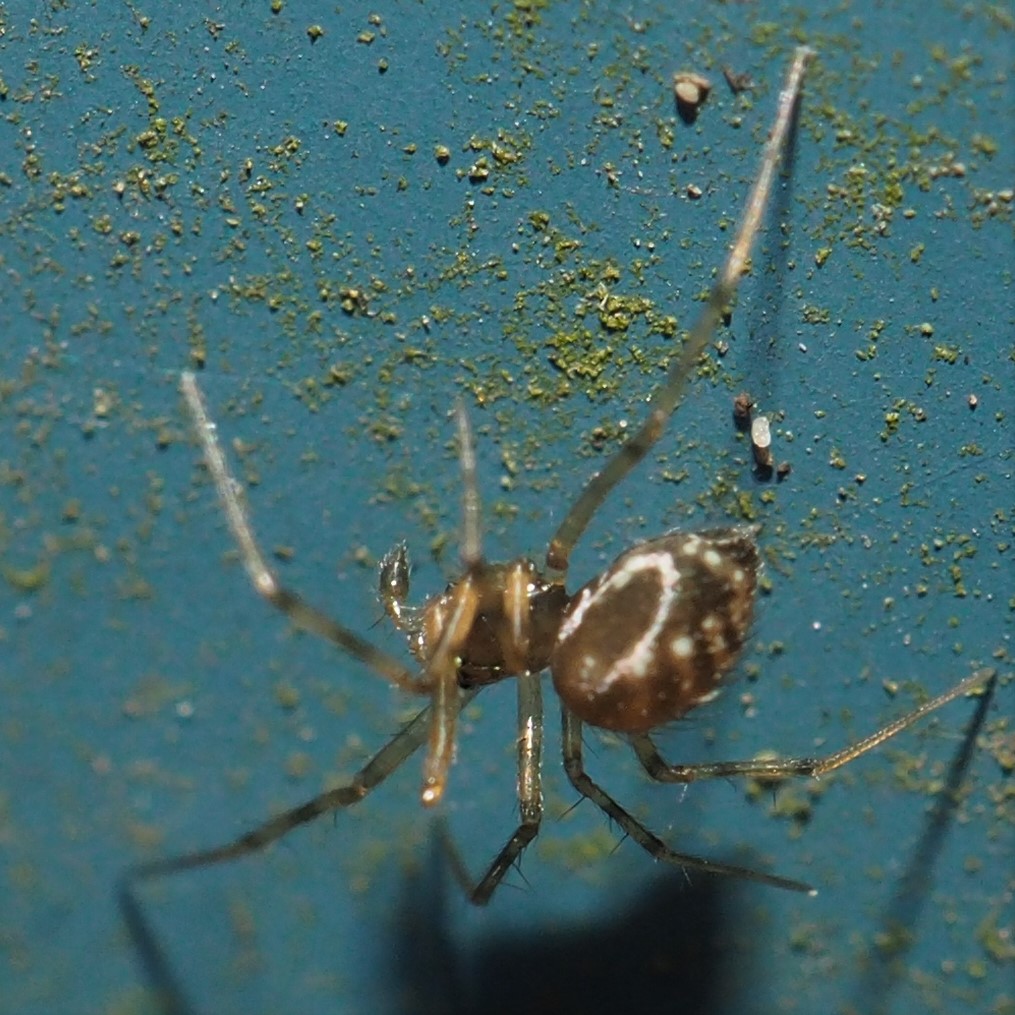
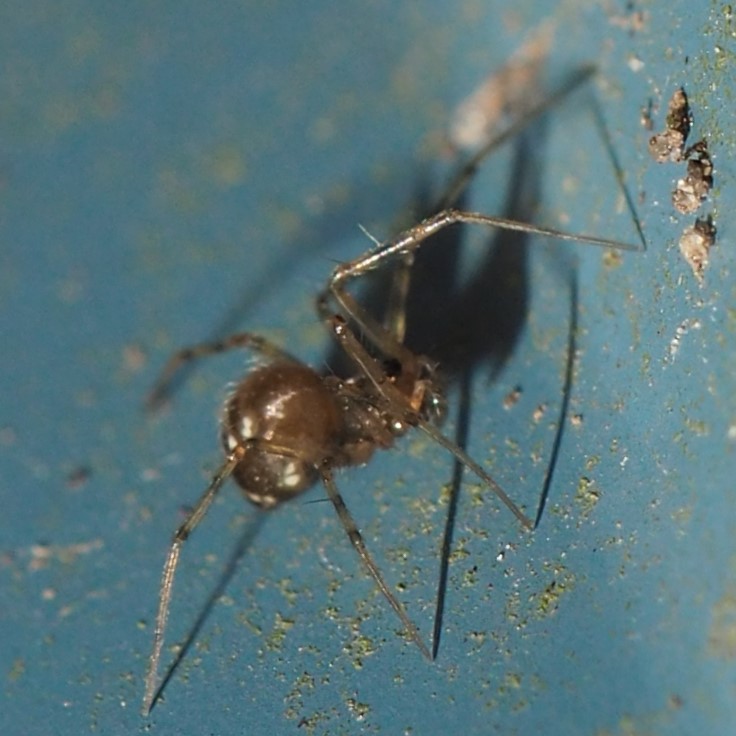
This tiny spider always makes me think of Mimetus Pirate Spiders. But then everything makes me think of the Pirates. I've seen this one twice now. No clue what it might be. Matt suggested Theridion.
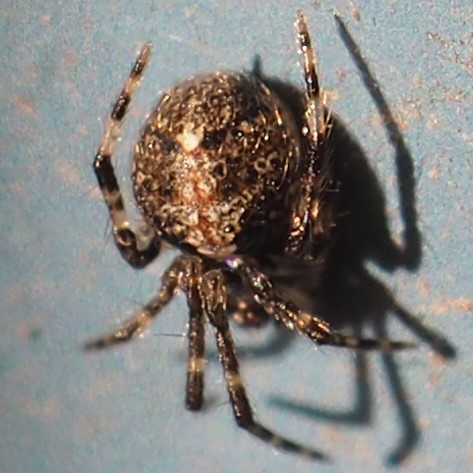
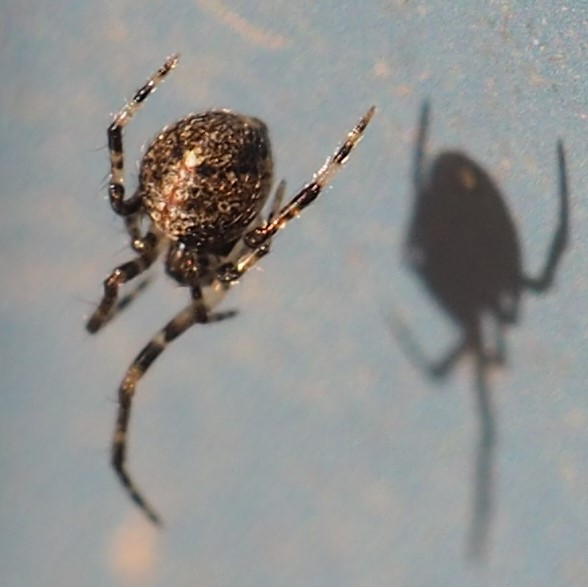
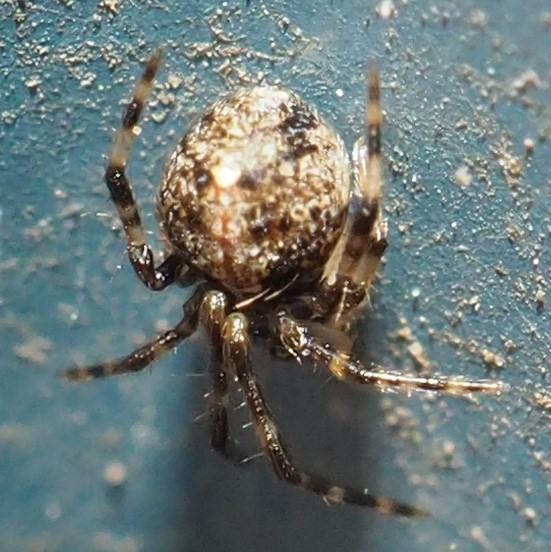
How about some shots of tree buds? I believe this first one is from an oak sapling. Then the redbud buds are turning red. (Remember how they started out black?) The raspberry stems have bright thorns and green leaves already. And the elm twigs and their buds are very fine.
 4 9 19 1.jpg)
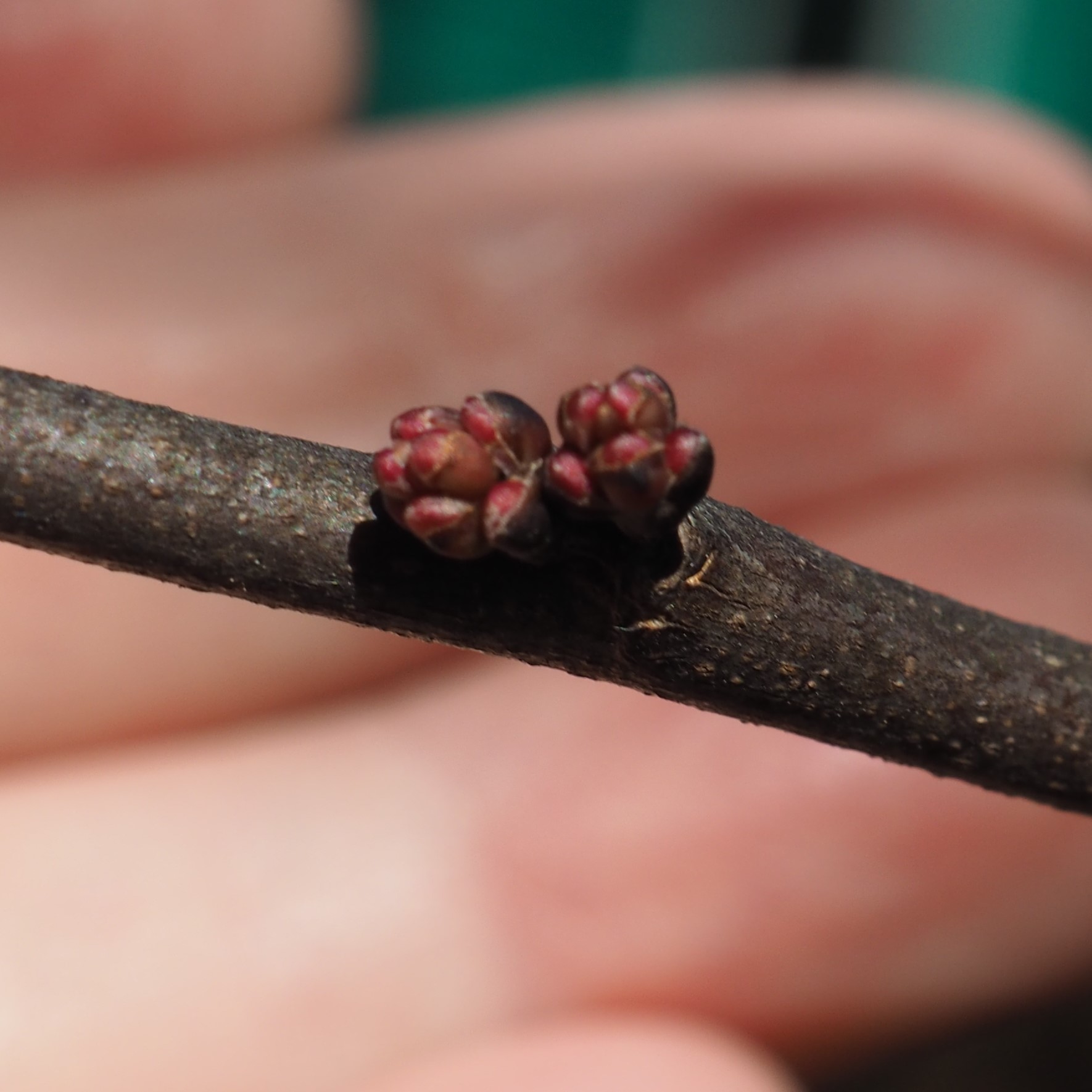
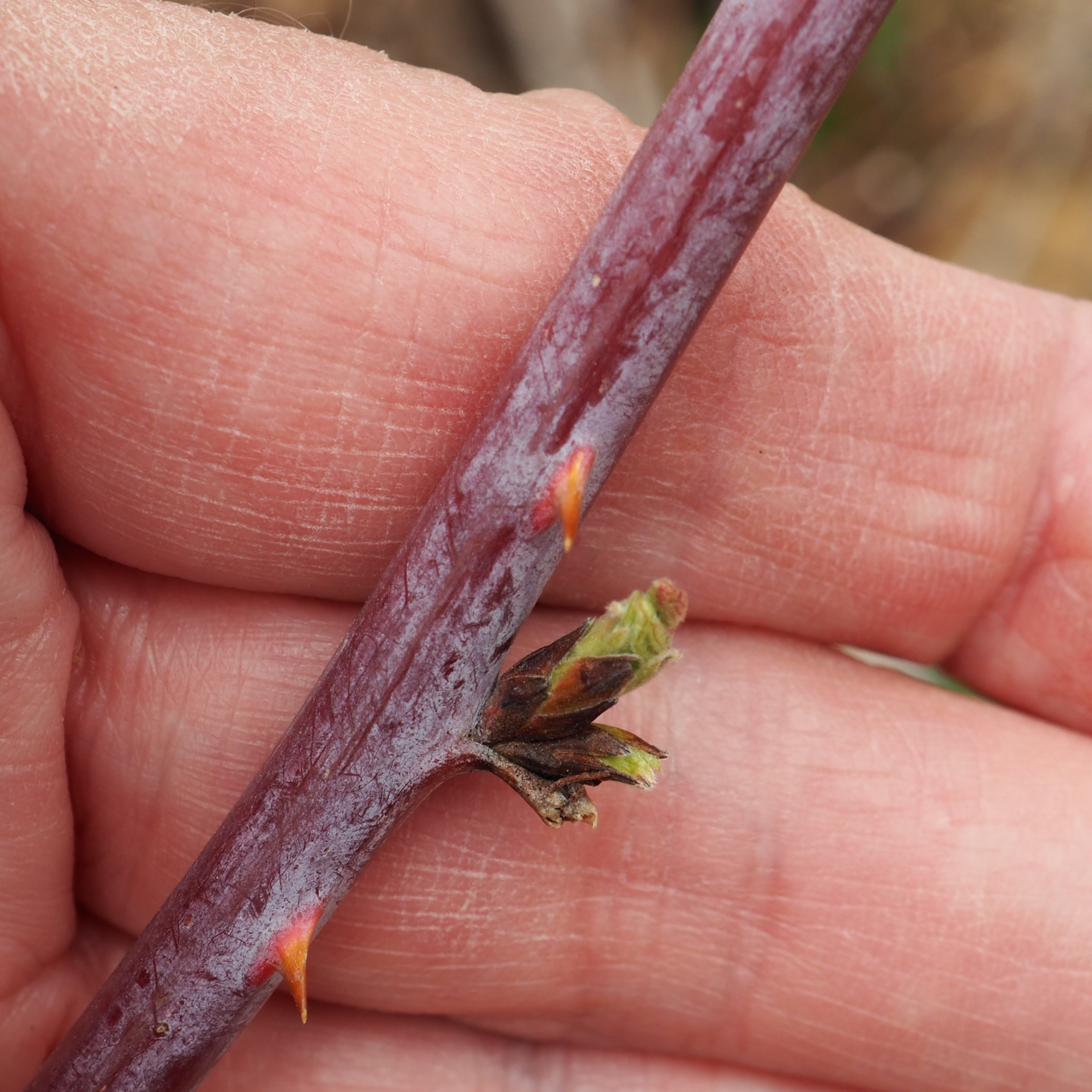
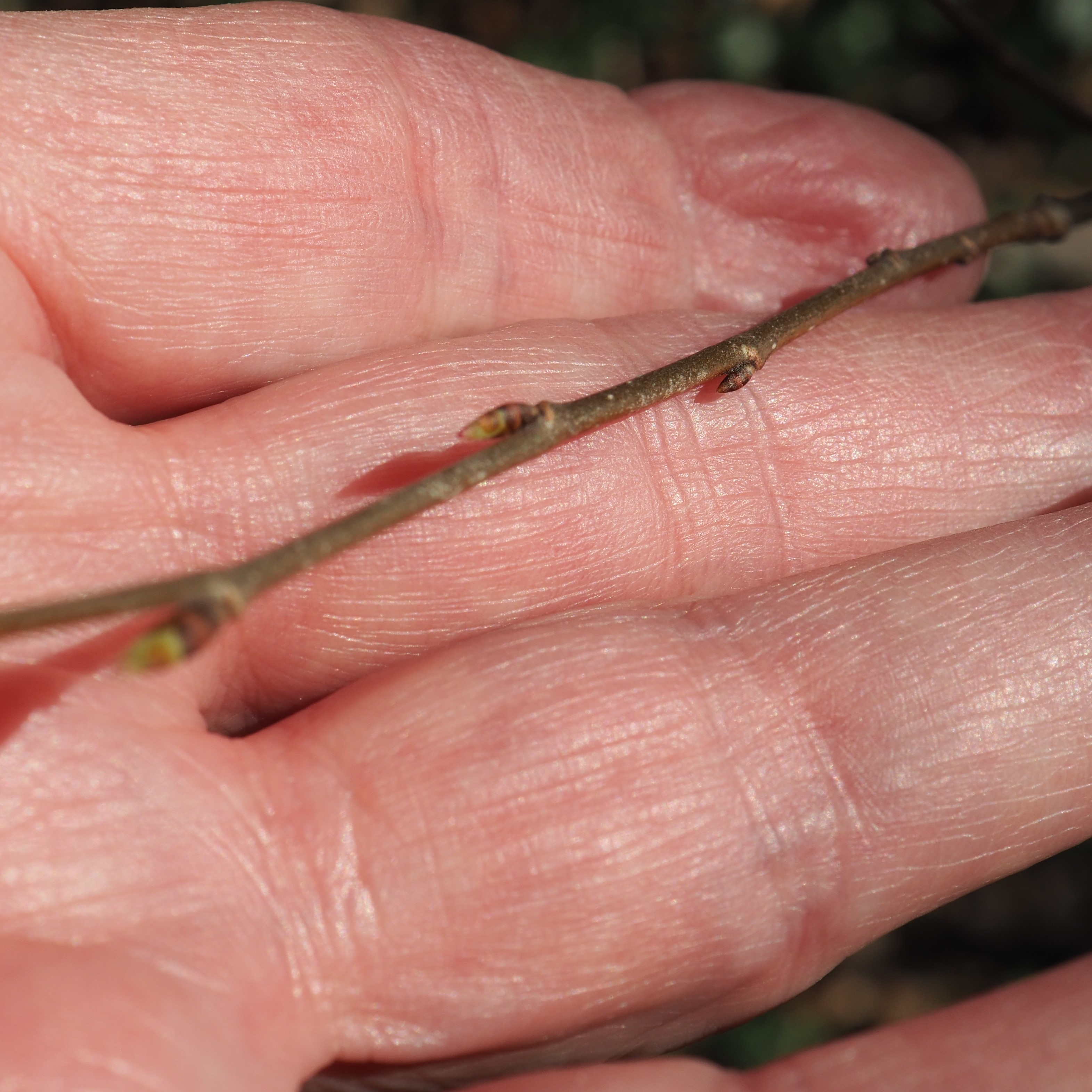
We do still have a very few hymenopterans. Here is another sawfly. I like the hint of purple in its wings. And here is a tiny wasp on the edge of a tulip leaf.
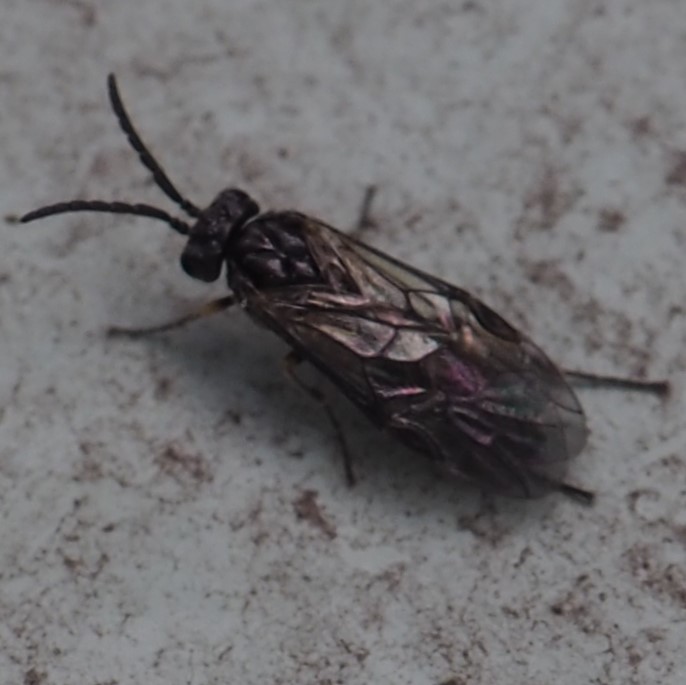
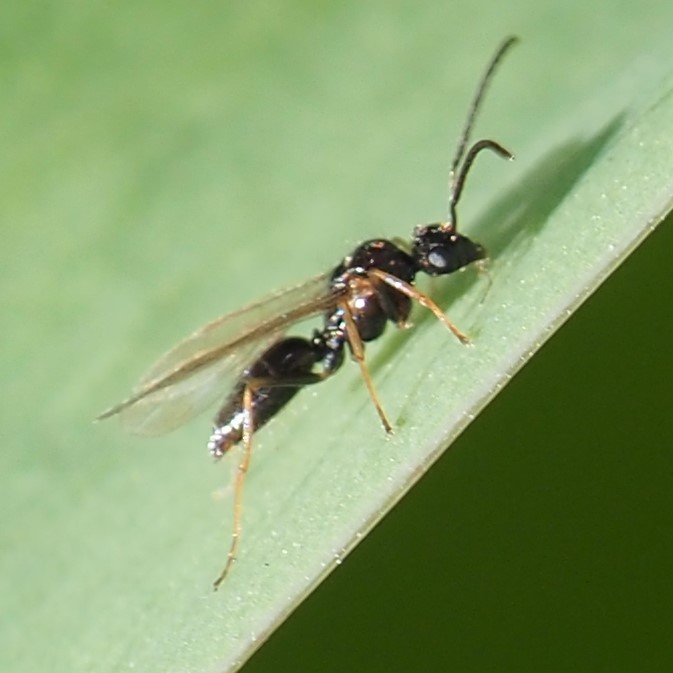
Sorry to say, the pond is a mess. Old dry leaves keep blowing into it, and it isn't a very attractive shade of green. But I've changed the filter and am now pumping water in and out and hope that soon it will be clearer. The fishes are fine. I'm sure next week will be better!
So, friends, for a week that started off warm but suffered weatheritis in the middle (I hear the Dakotas had big snow but it was just quite chilly here), it is ending pretty nicely. I'm happy to have seen so many lovely things and hope you are all well too. Please take care!
Love, Martha
Back to April 7, 2019
Forward to April 21, 2019
Back to main menu
copyright Martha O'Kennon 2019























































 4 9 19 1.jpg)




